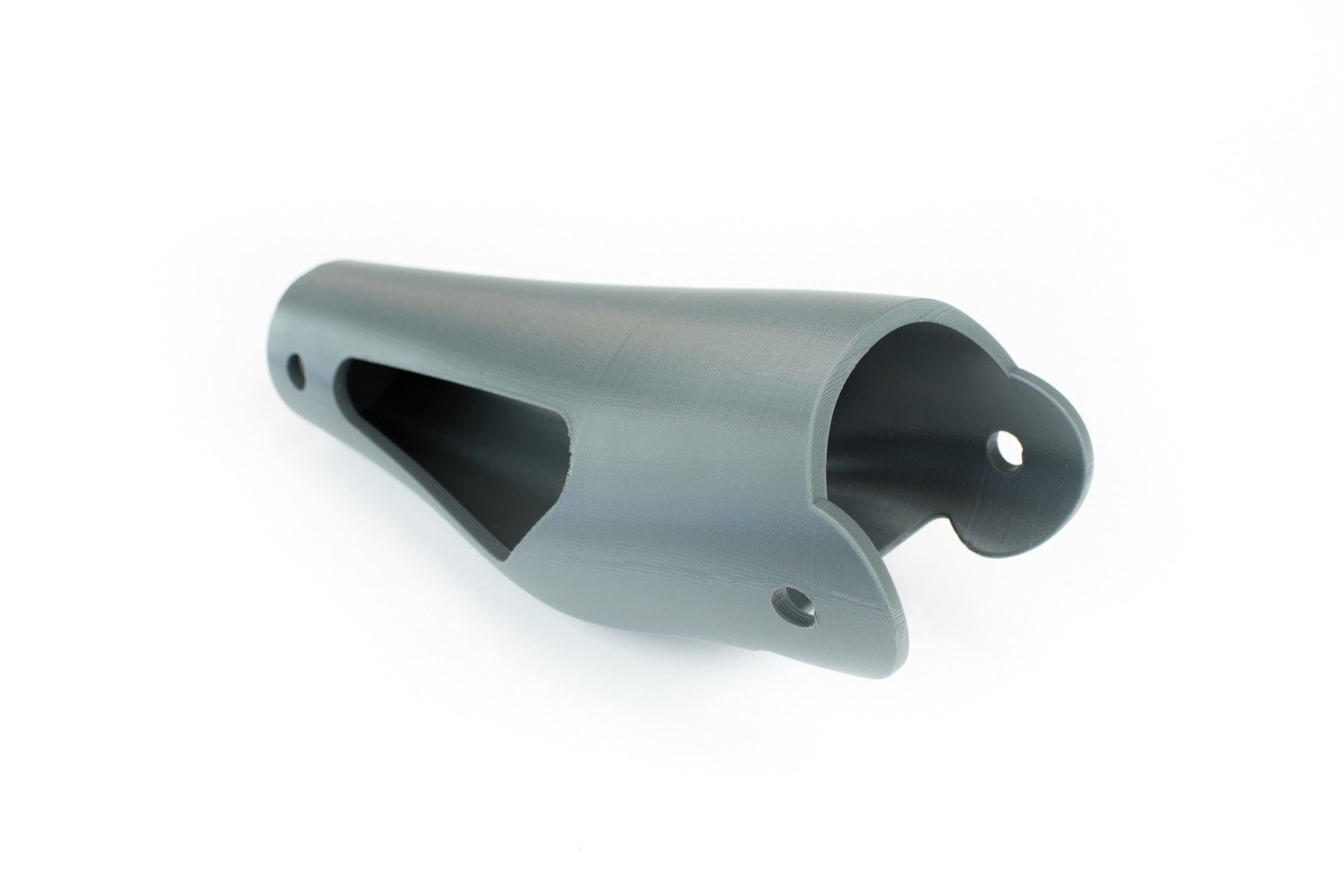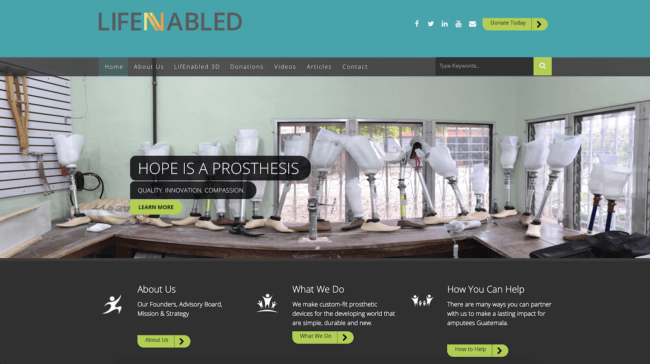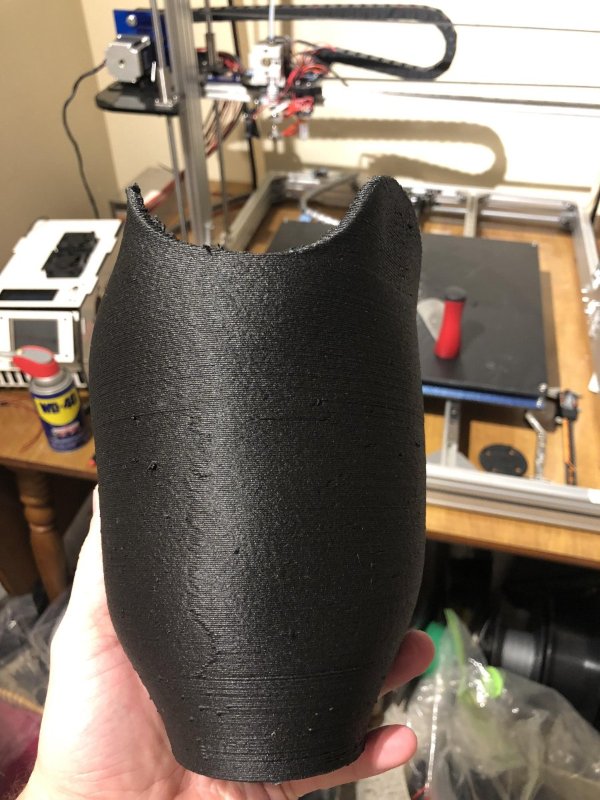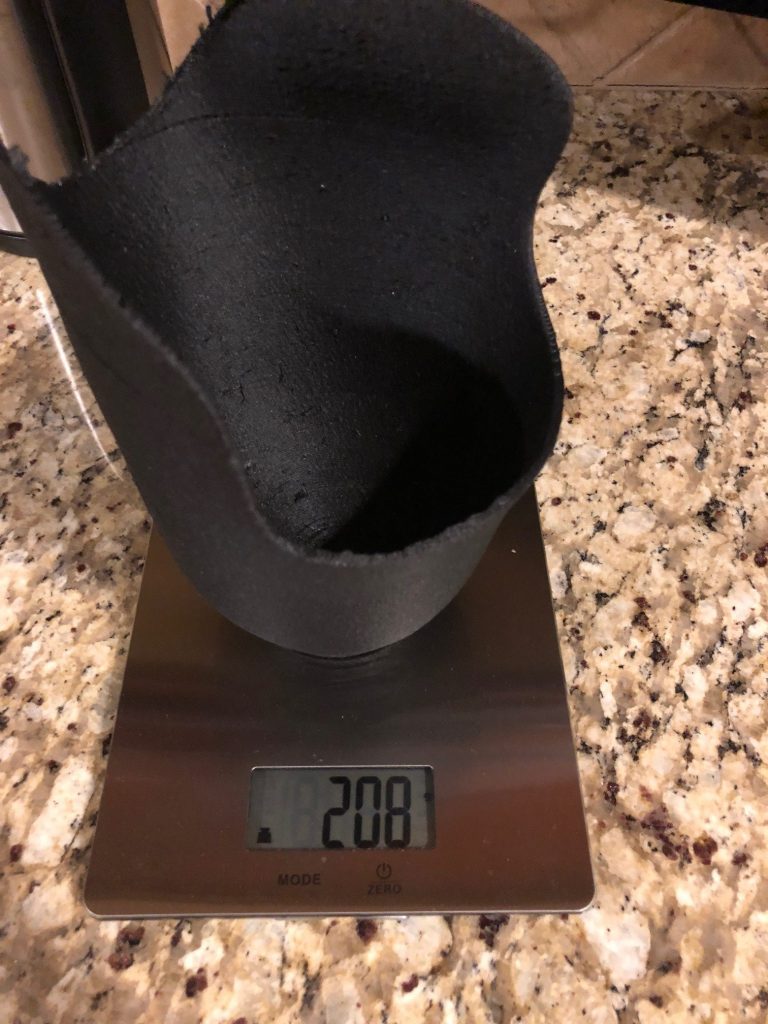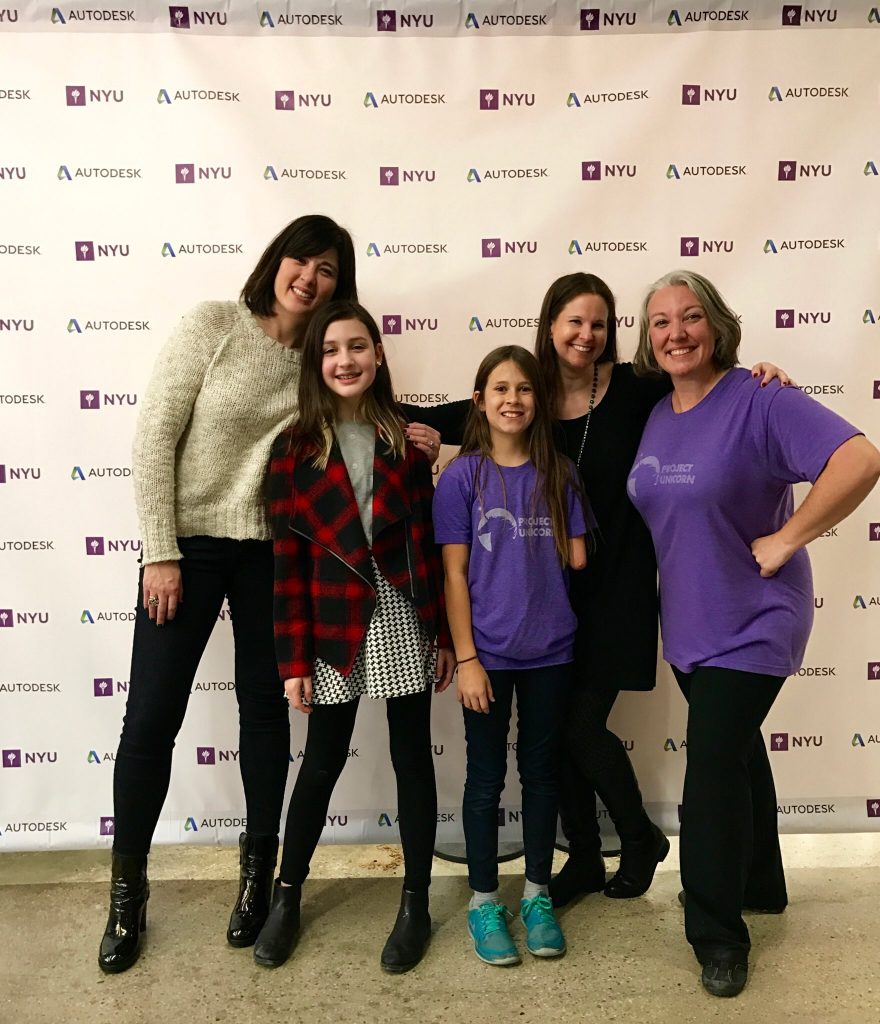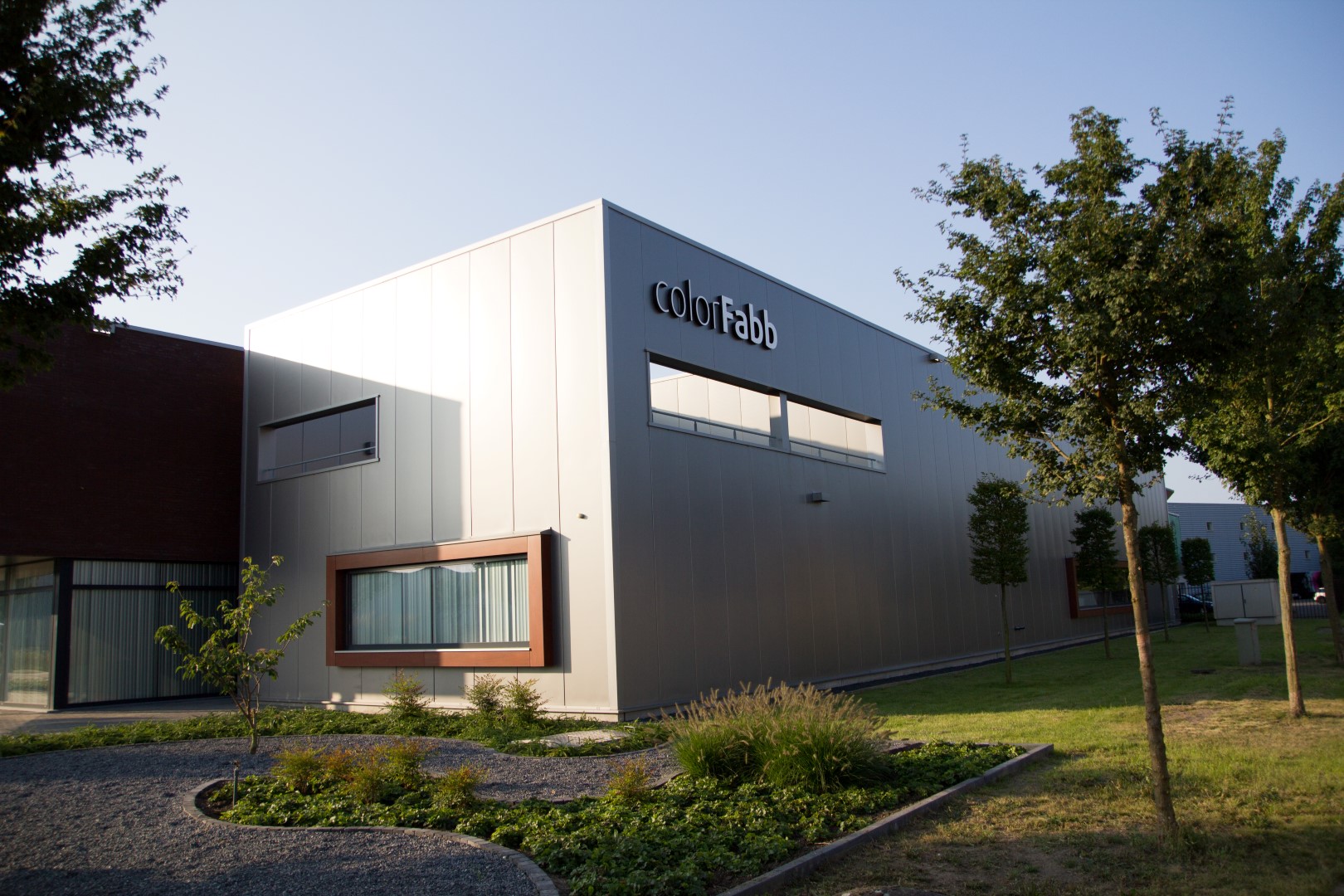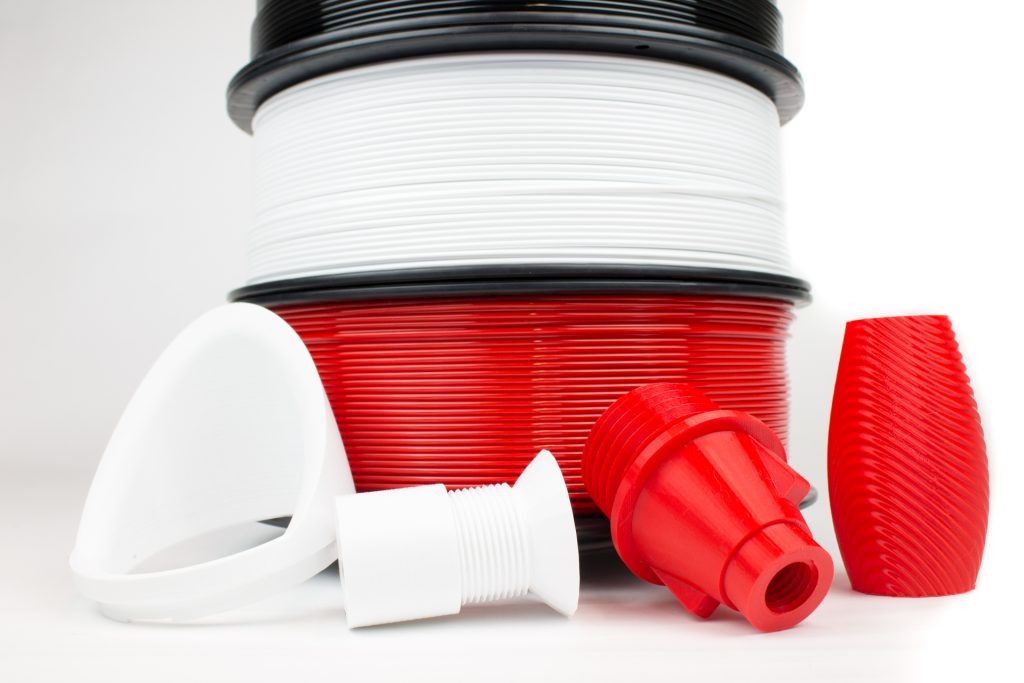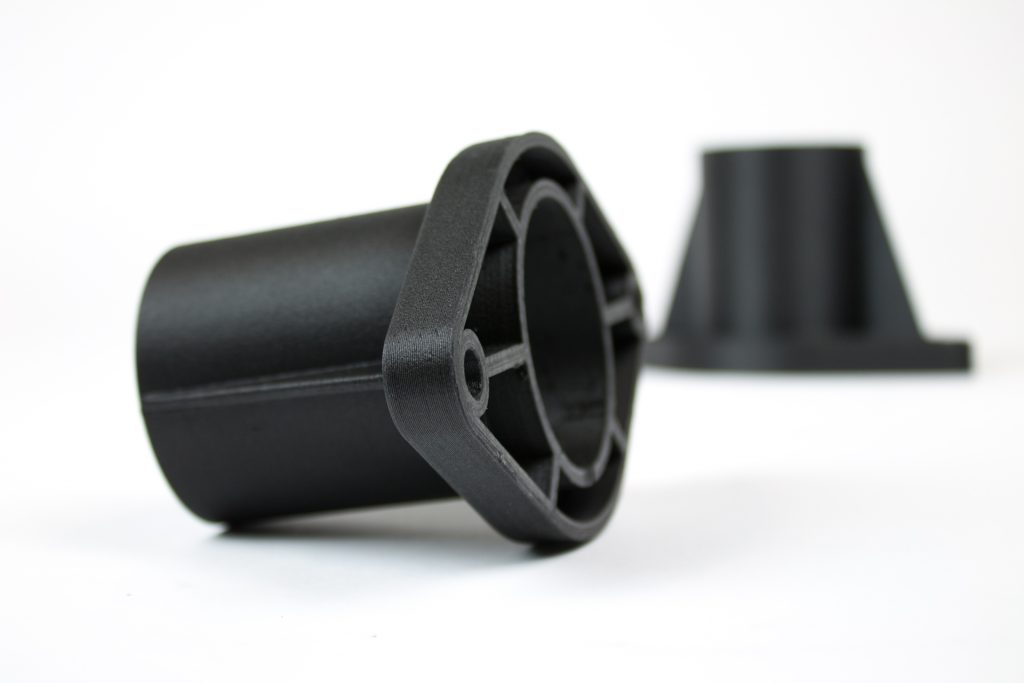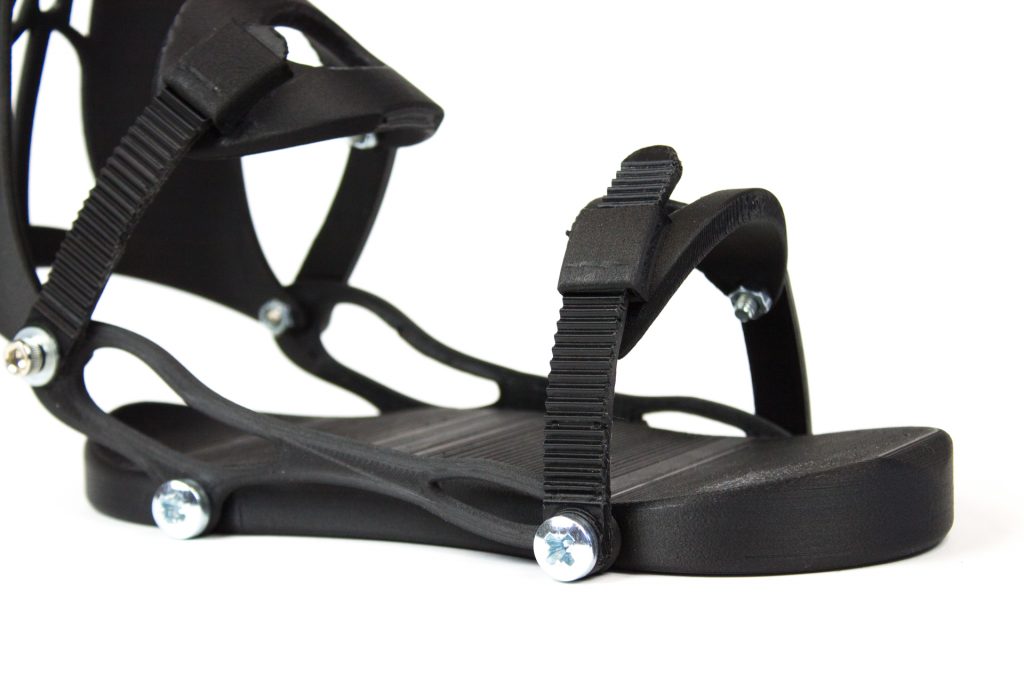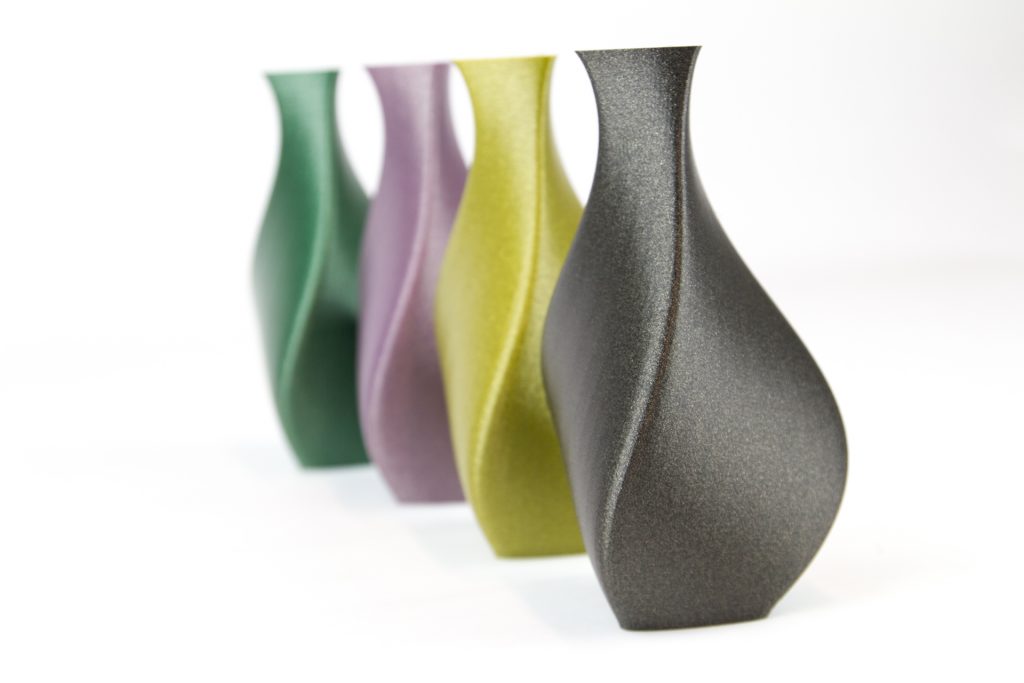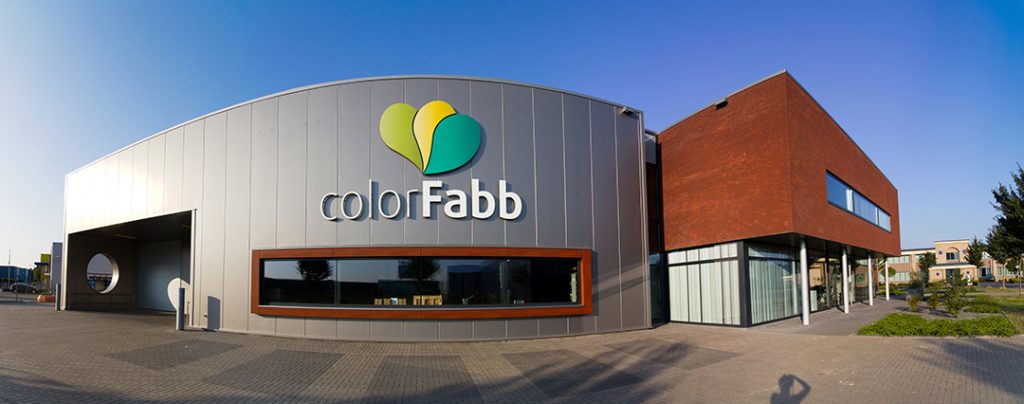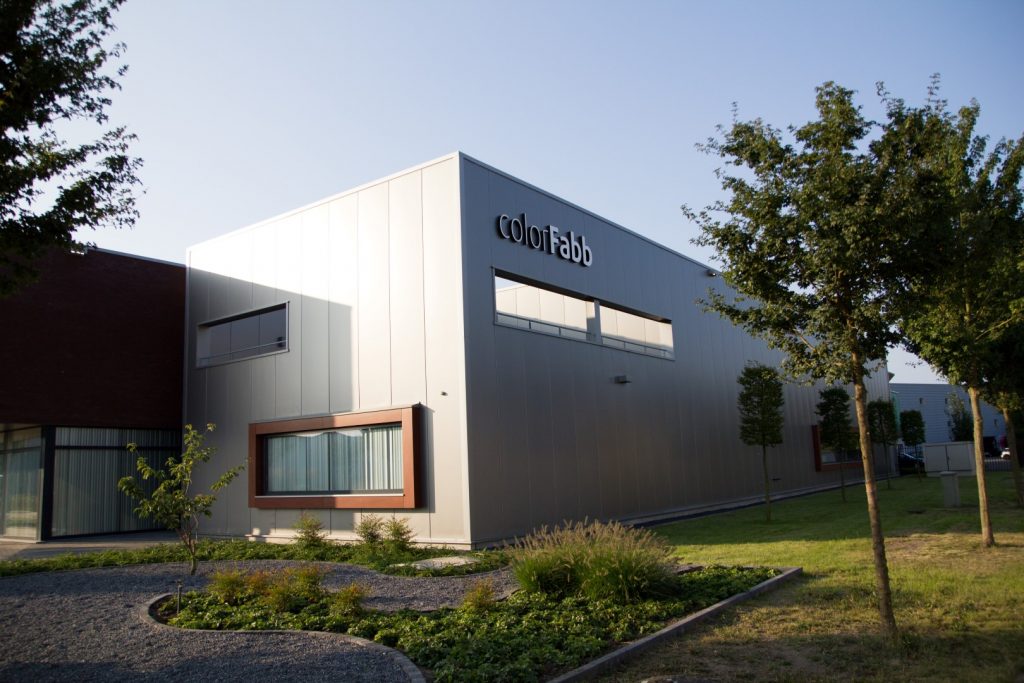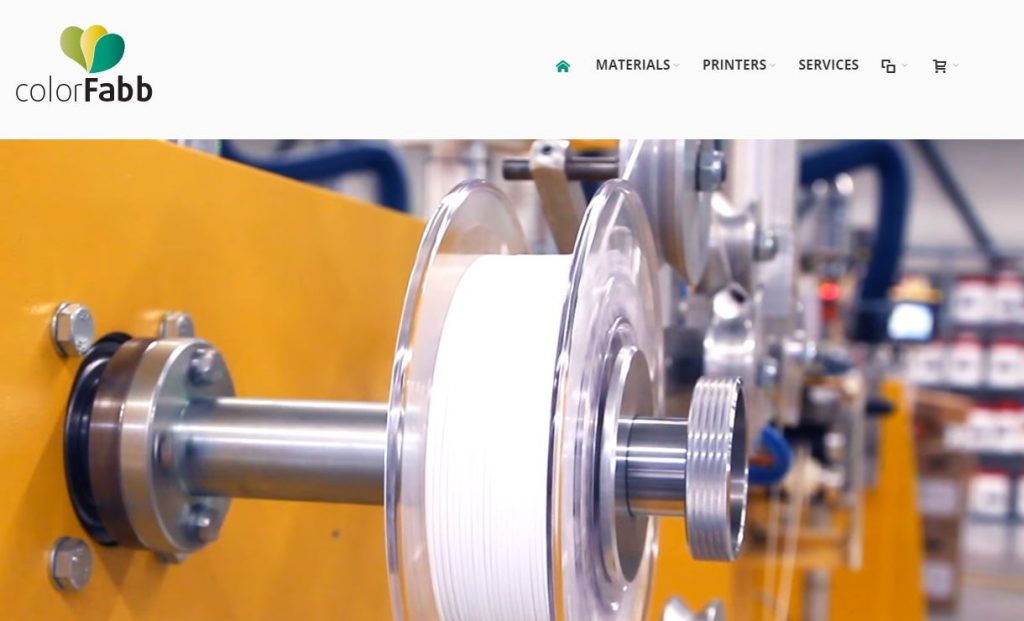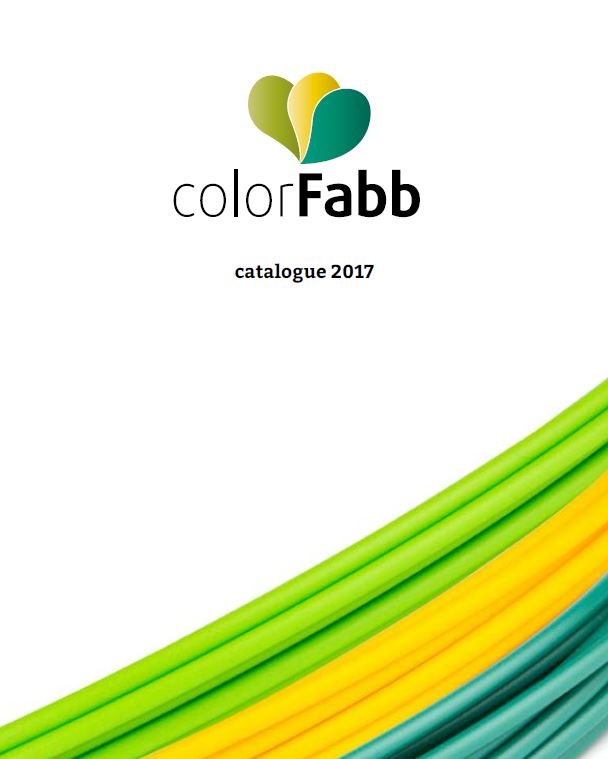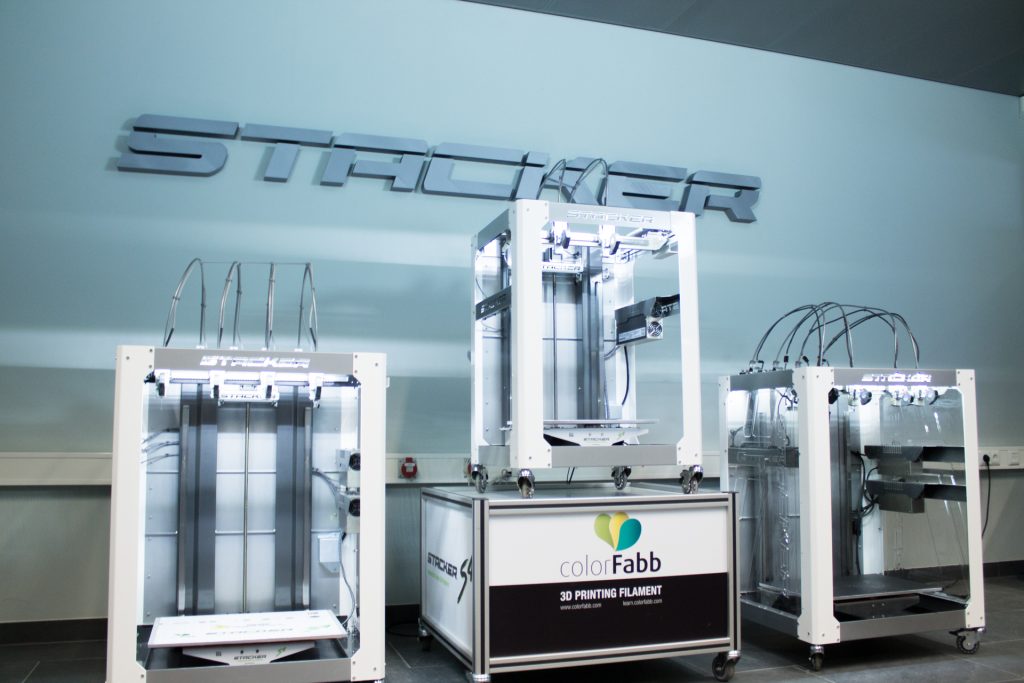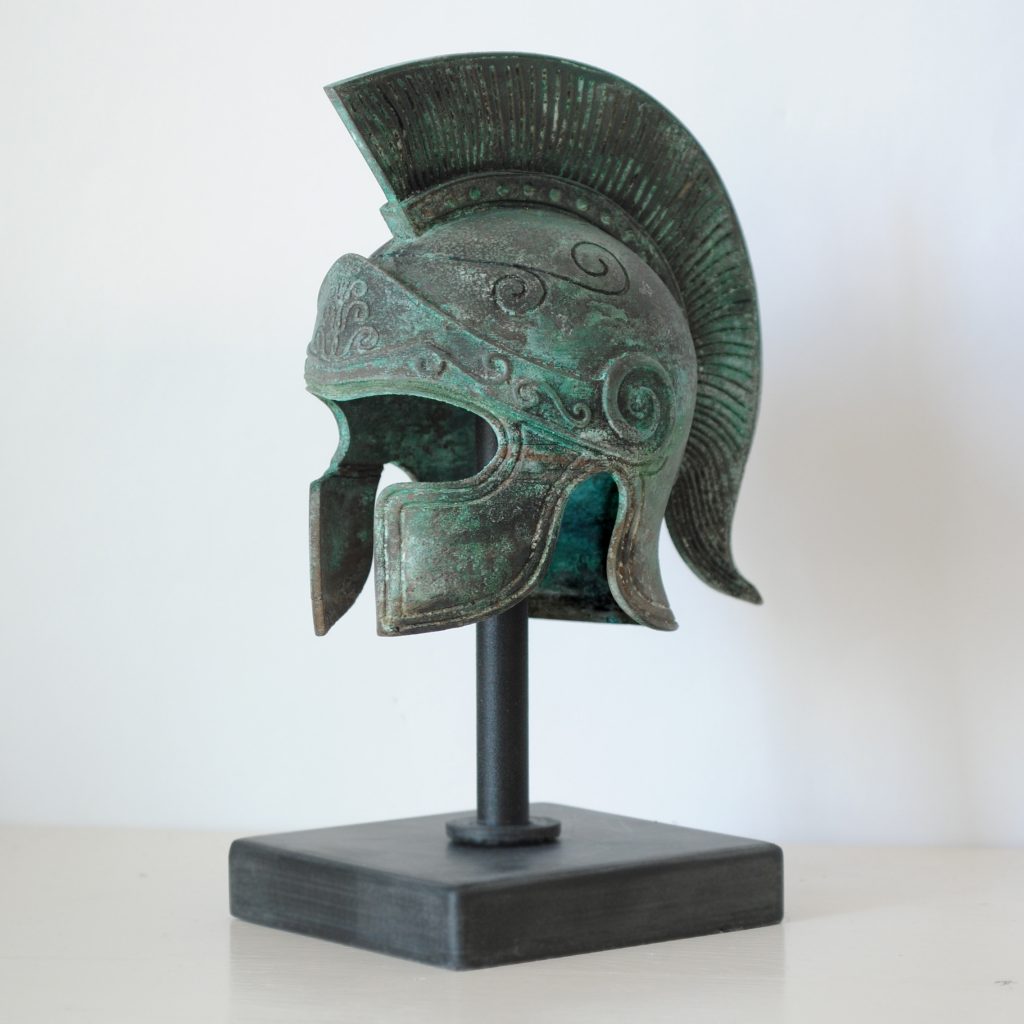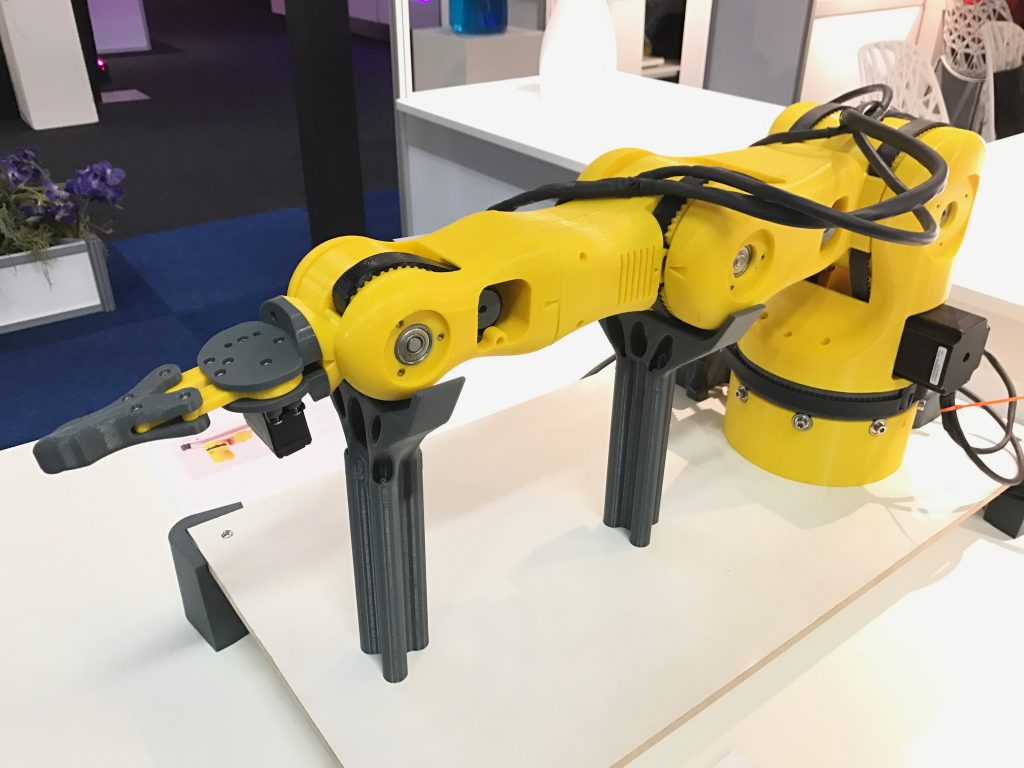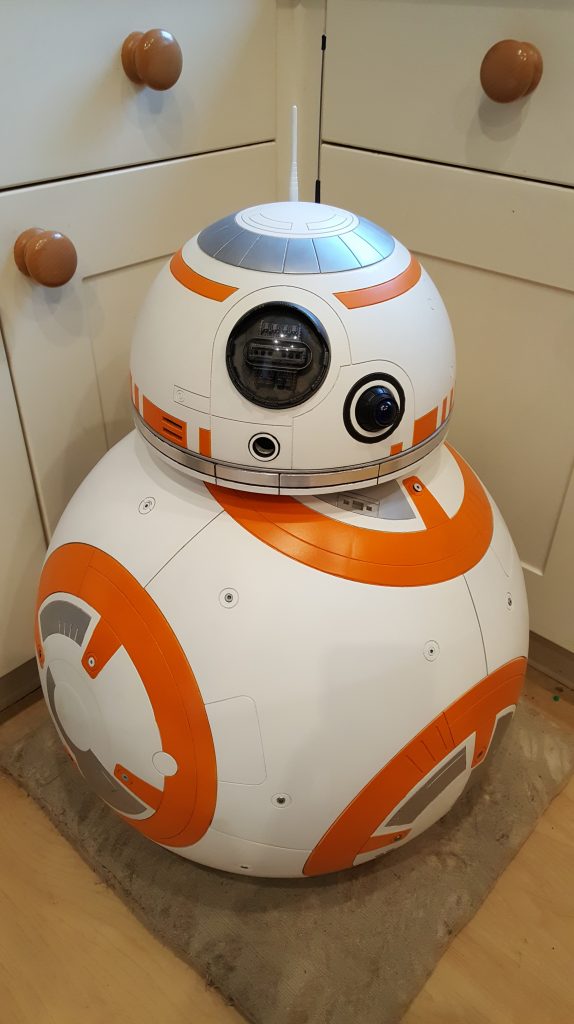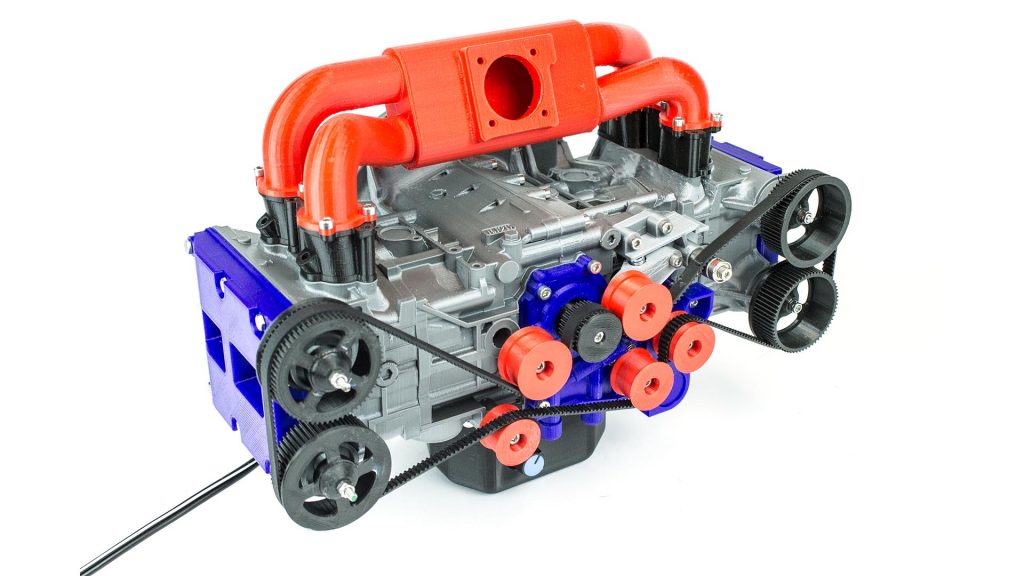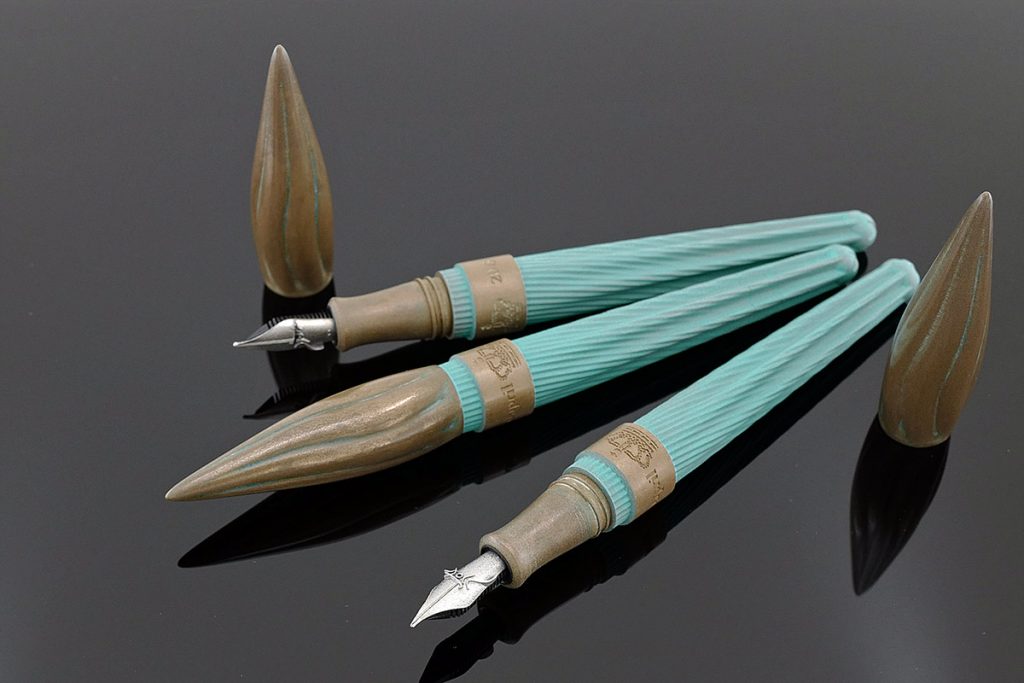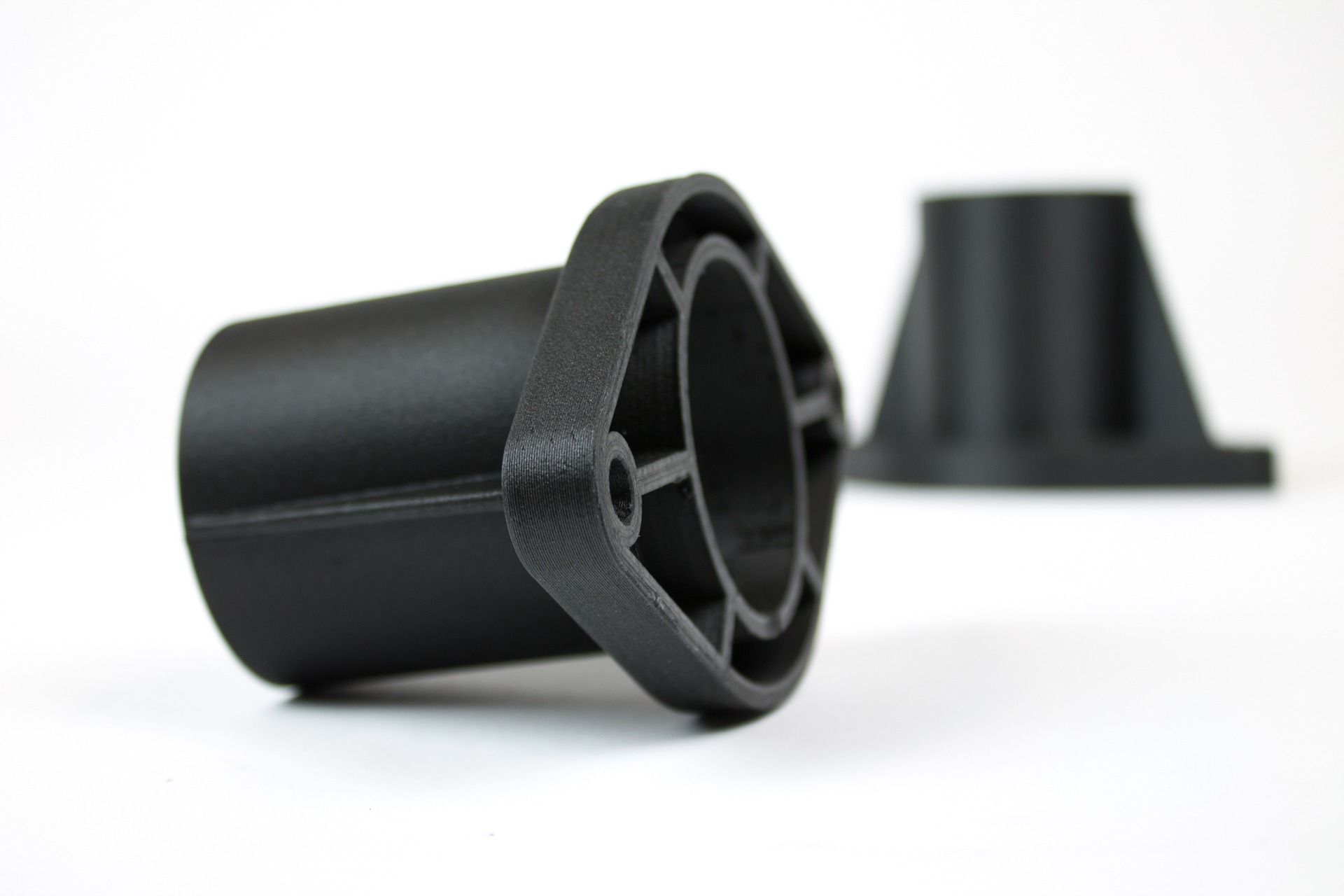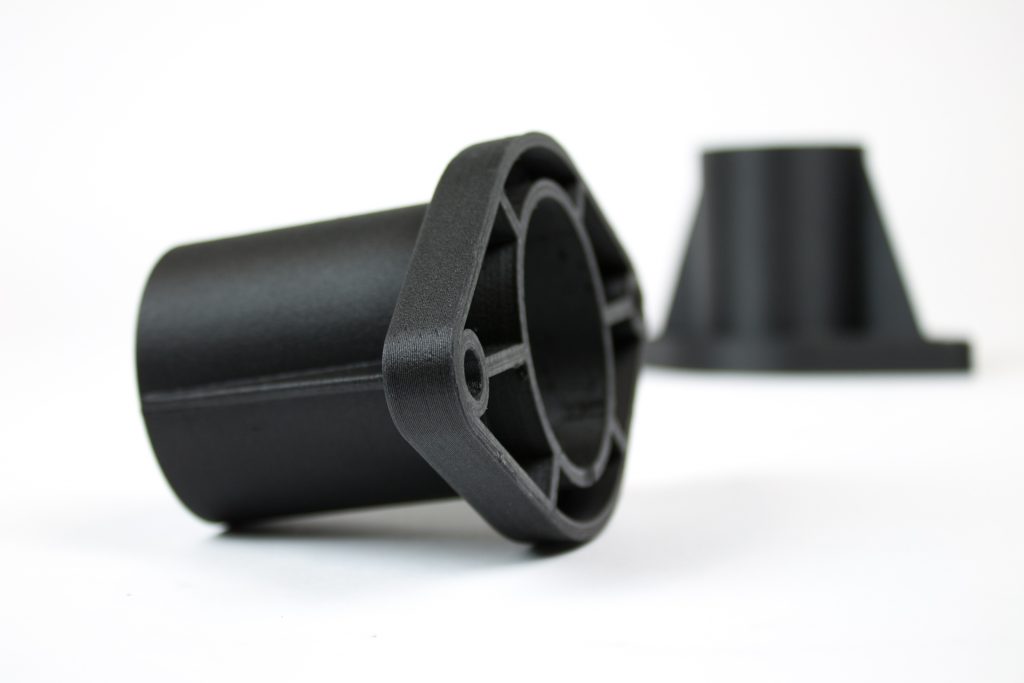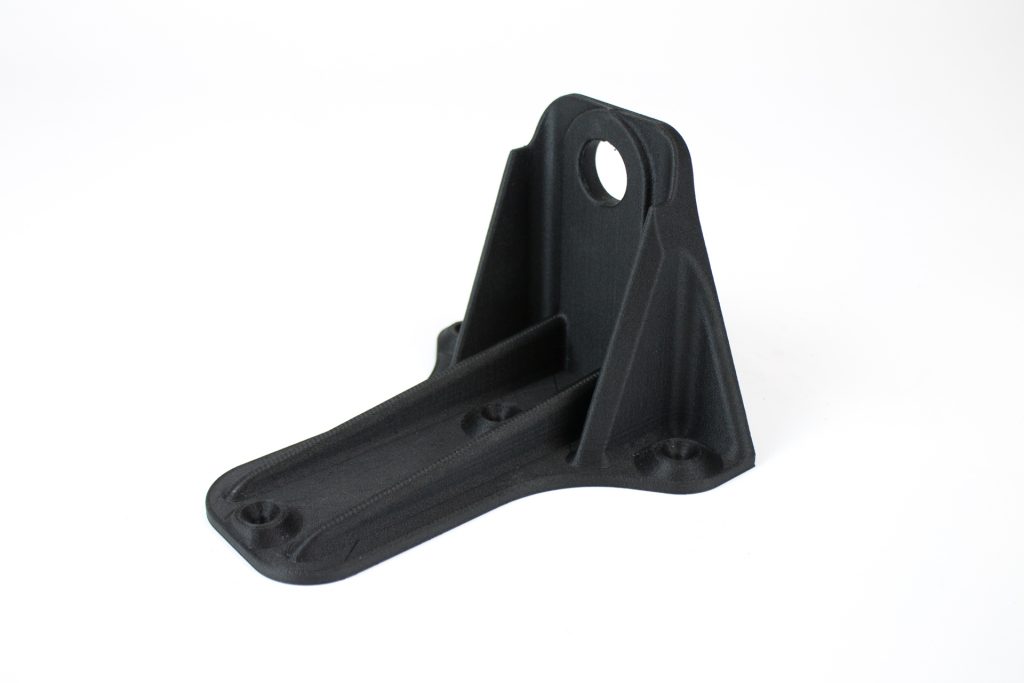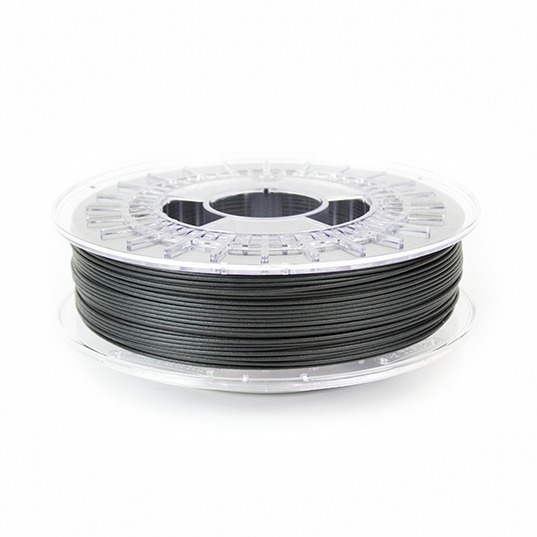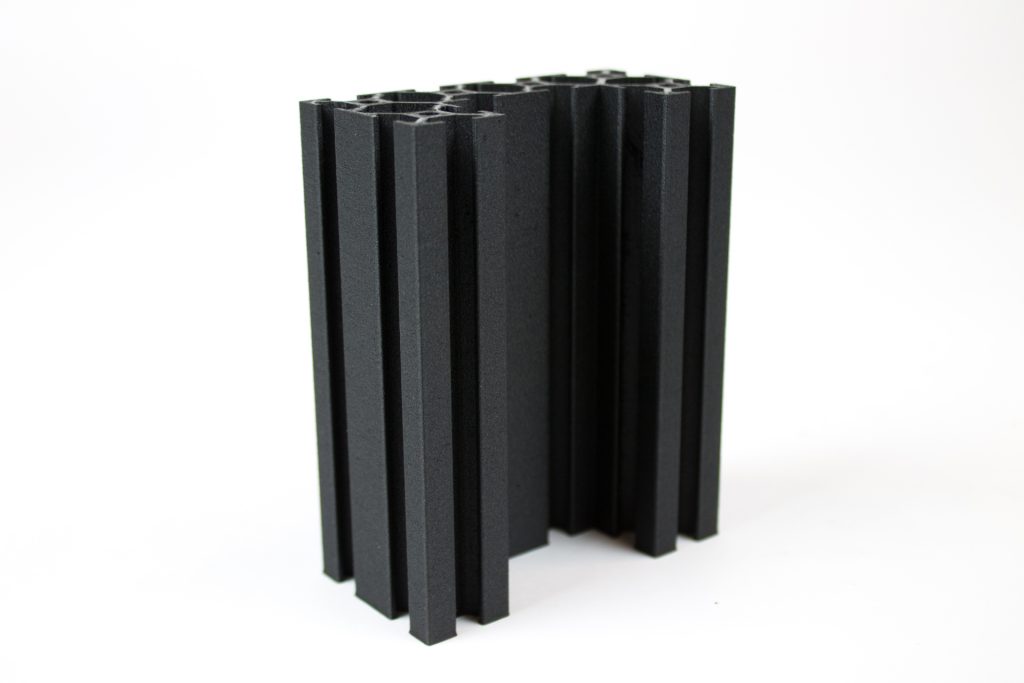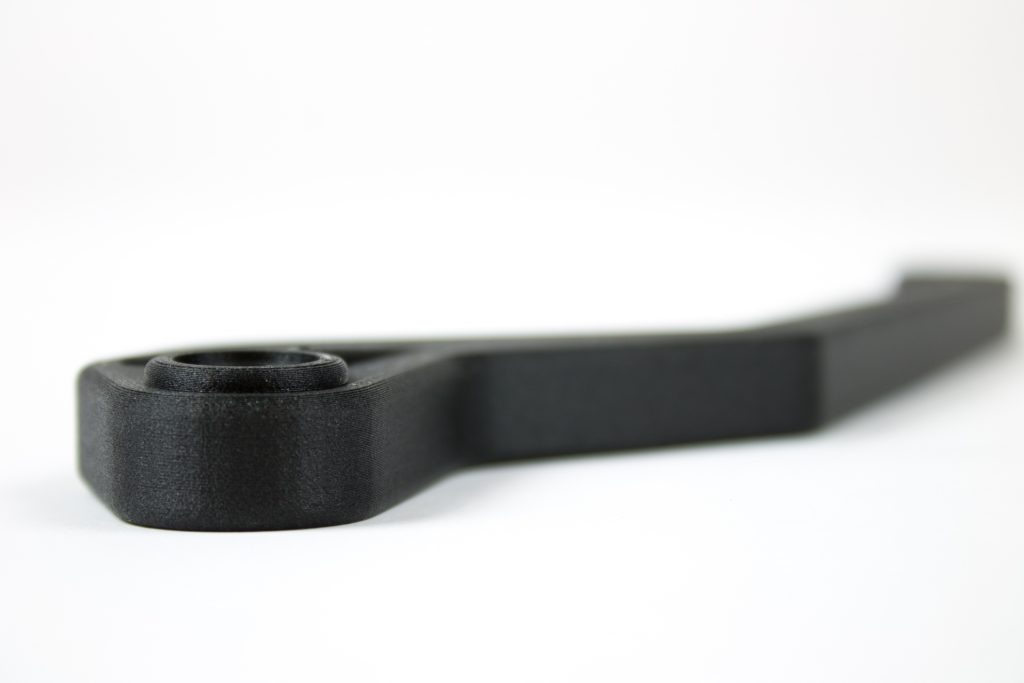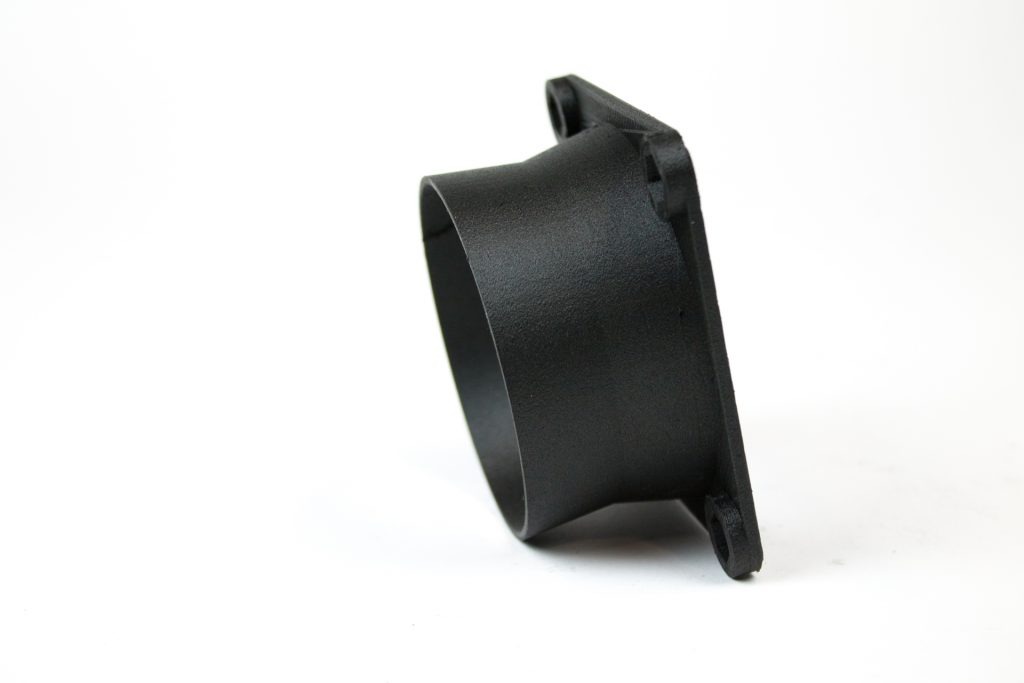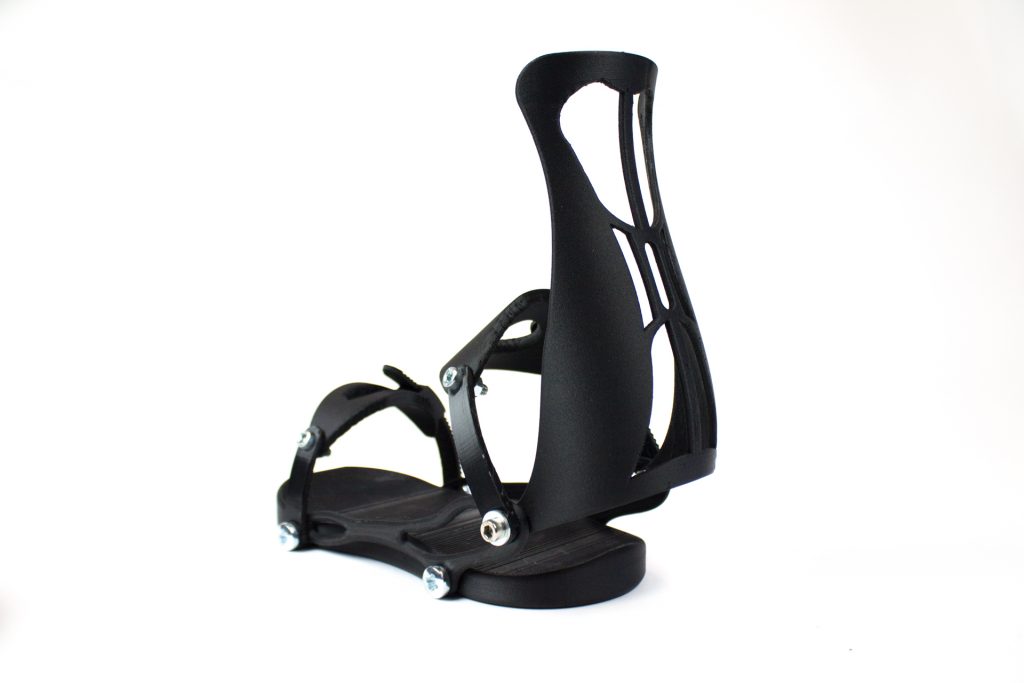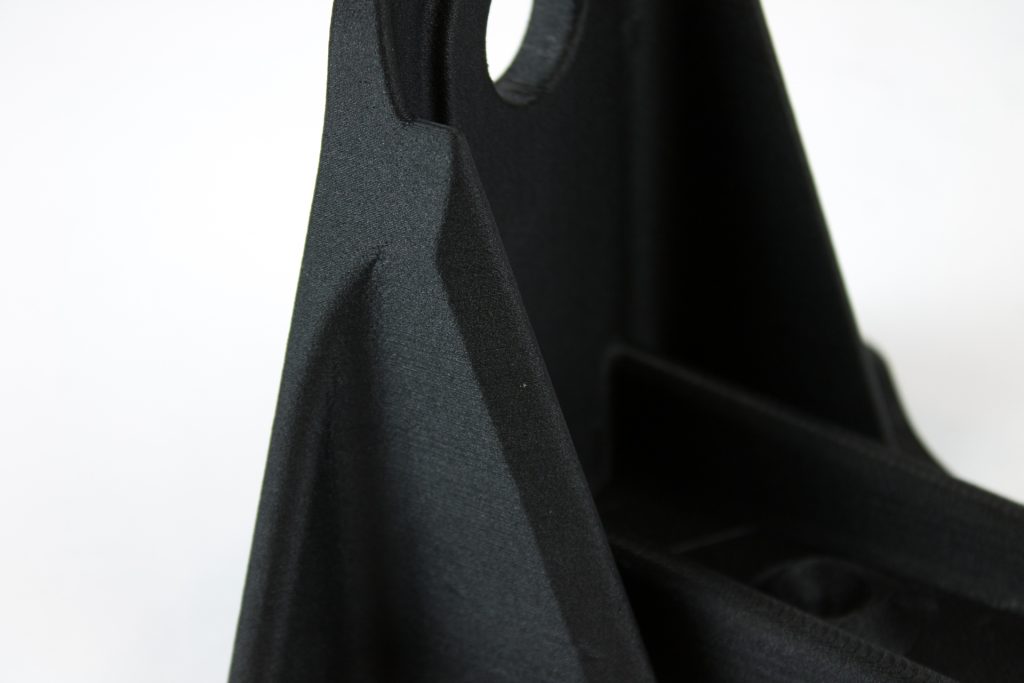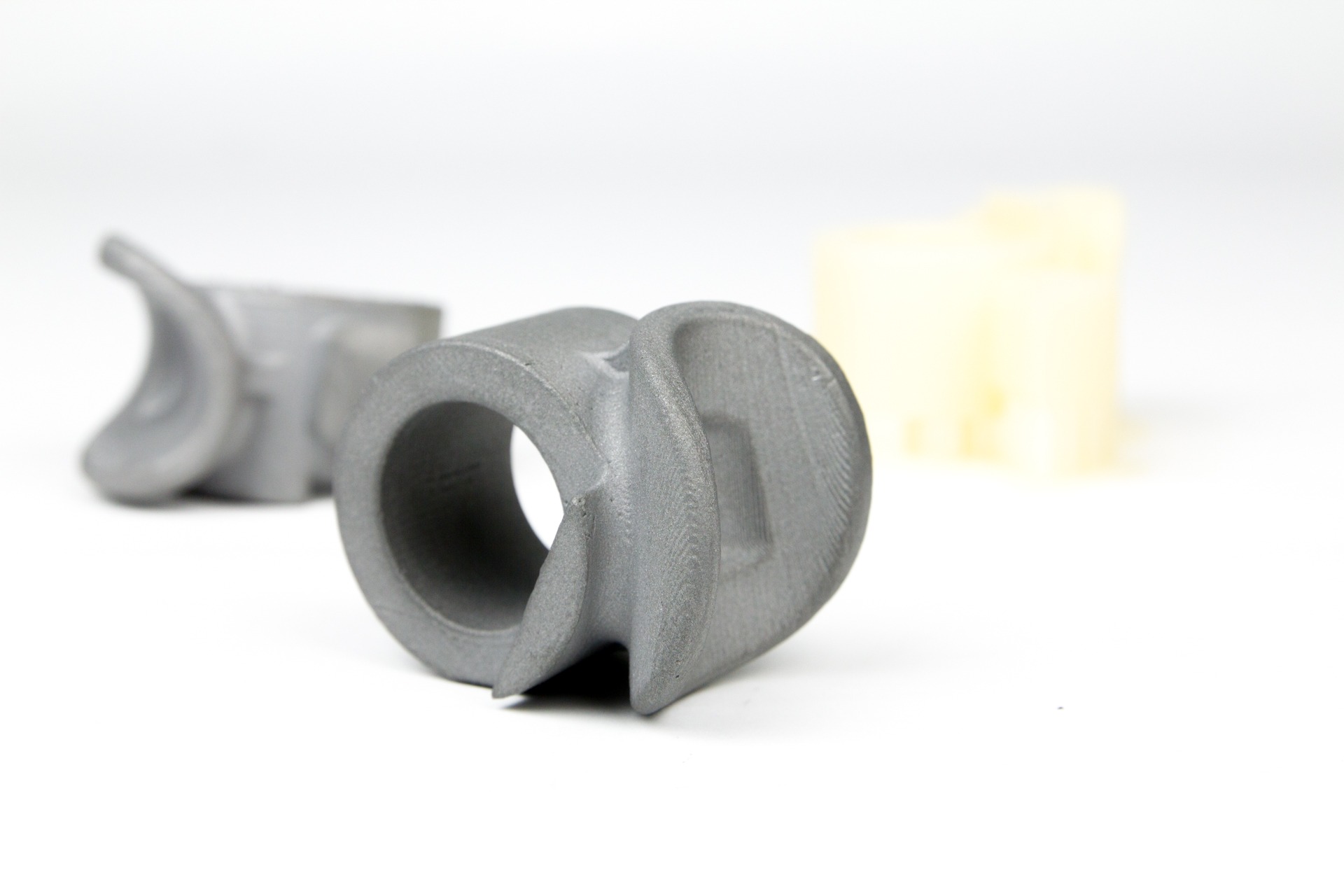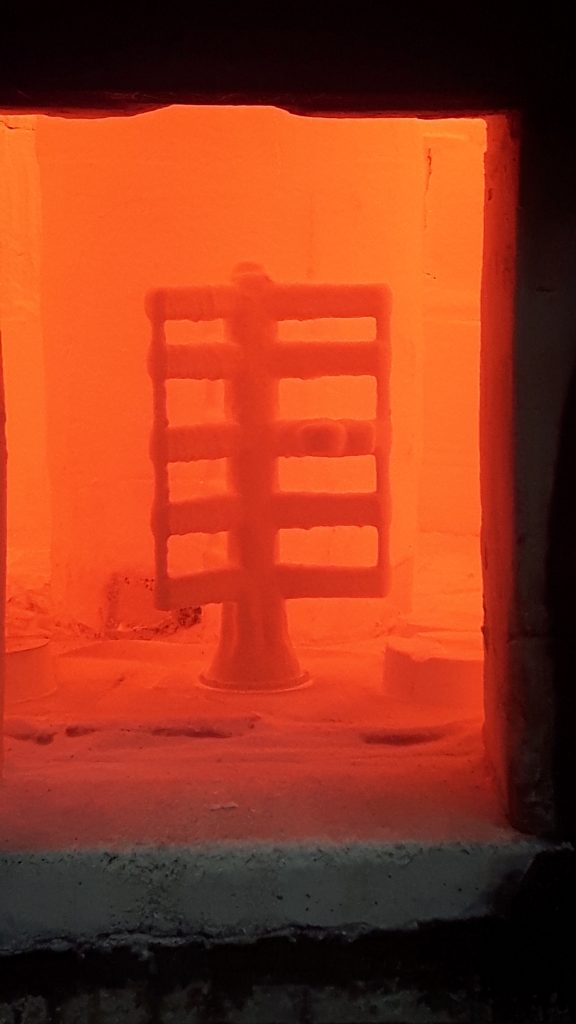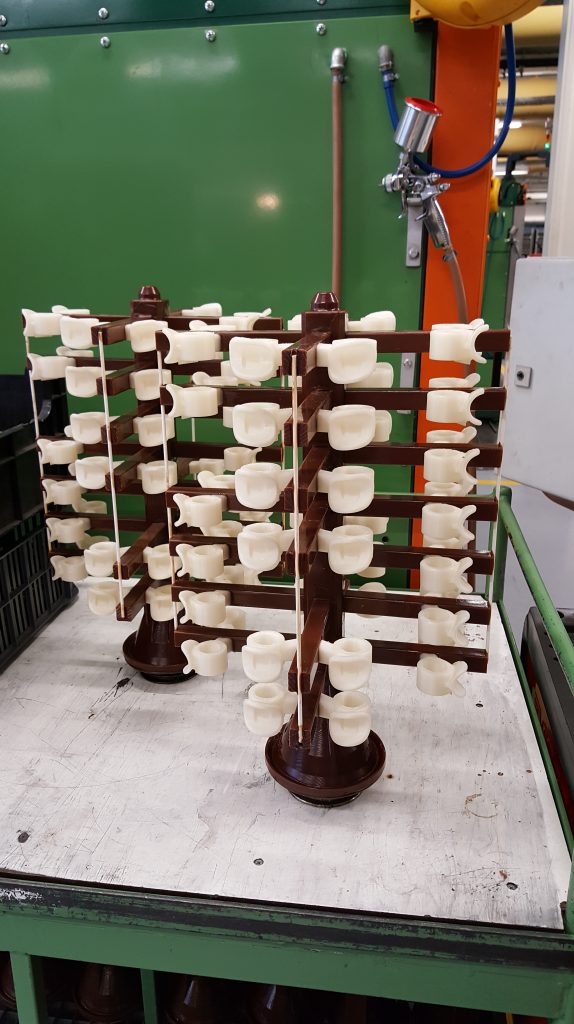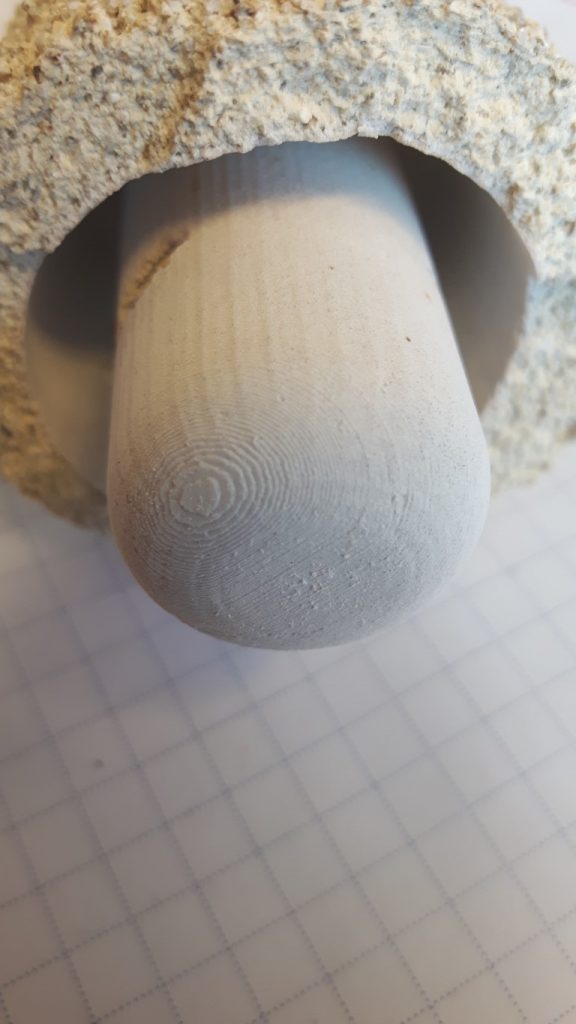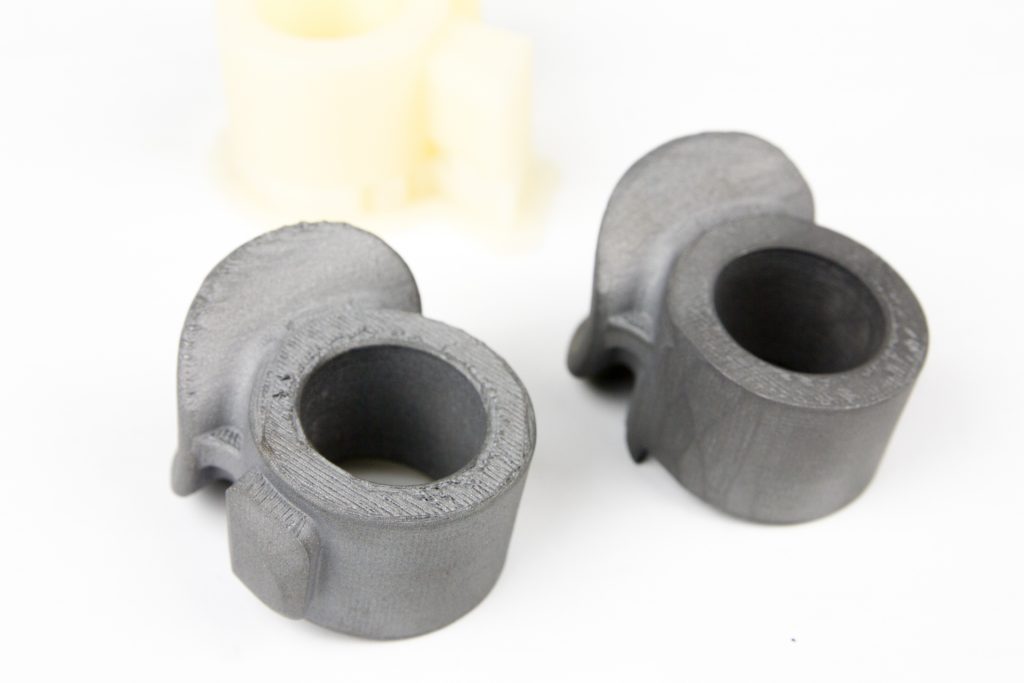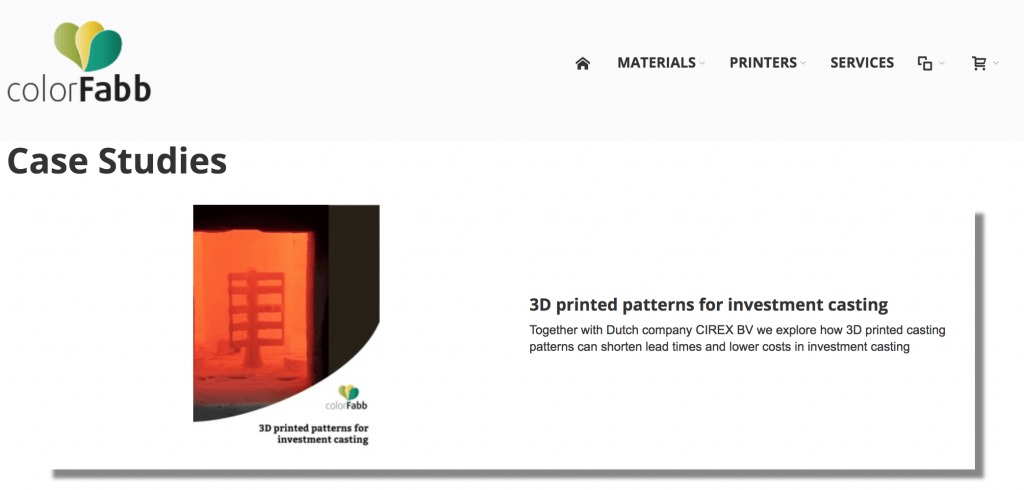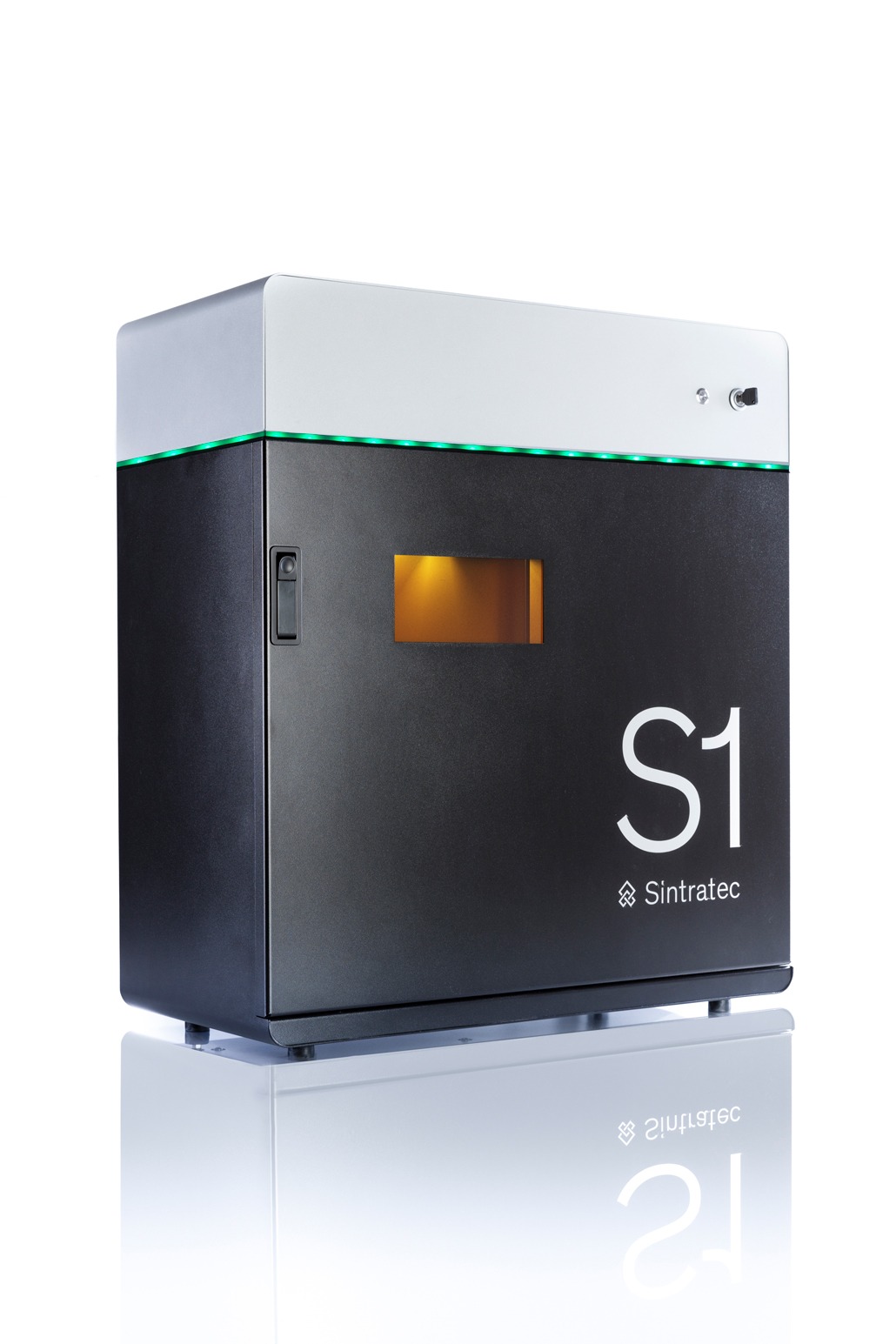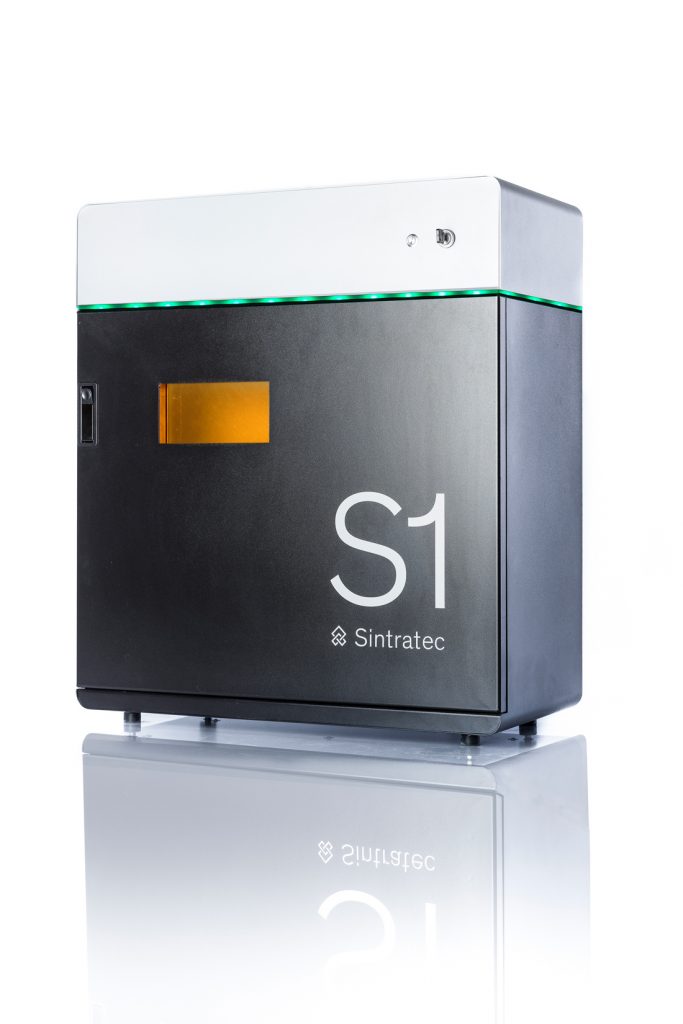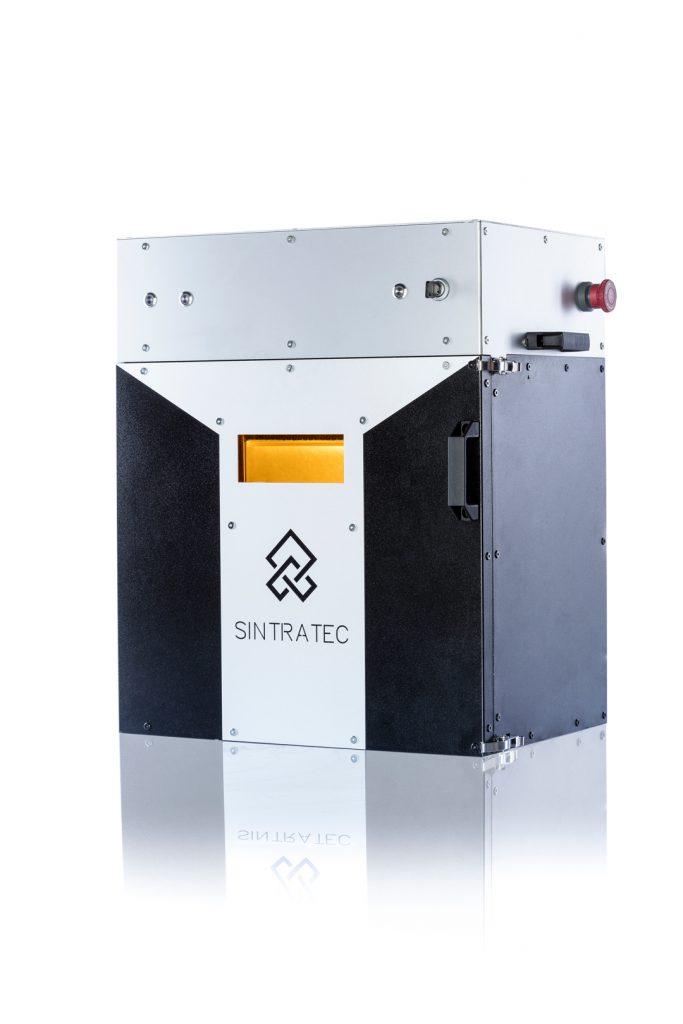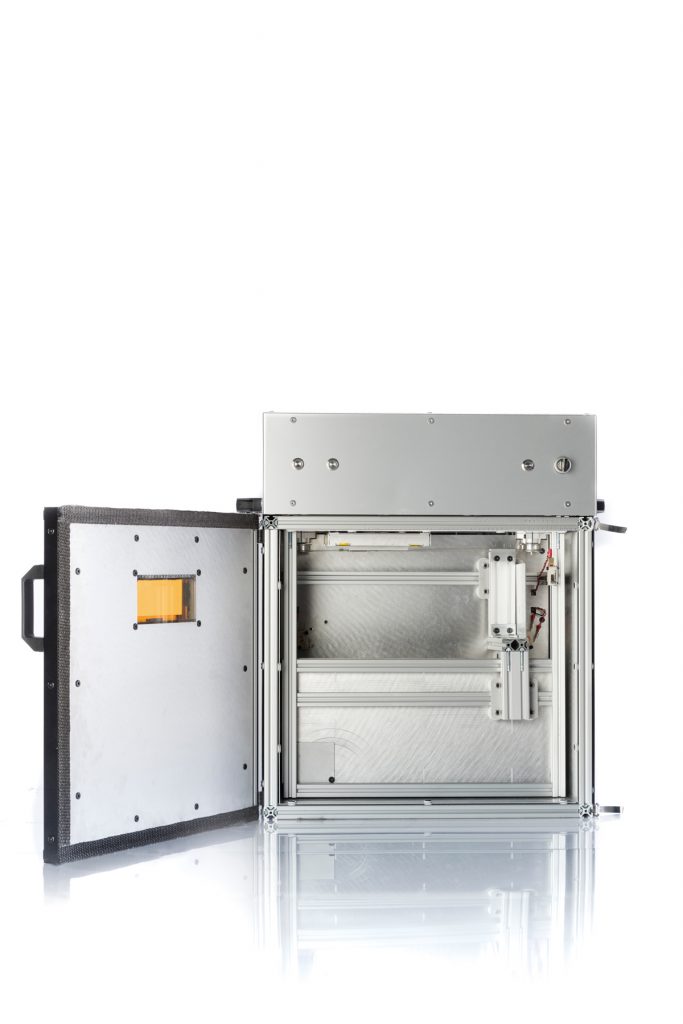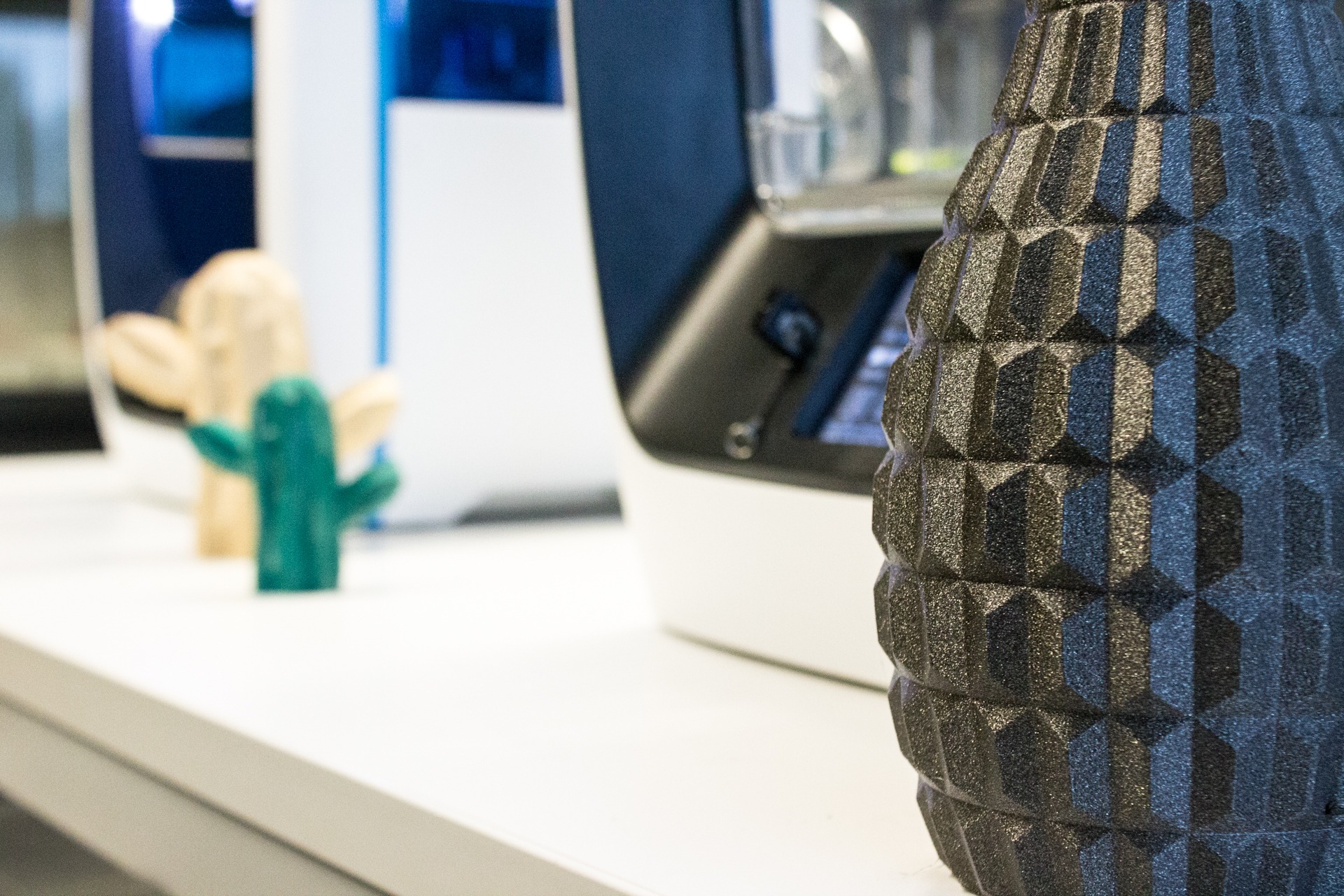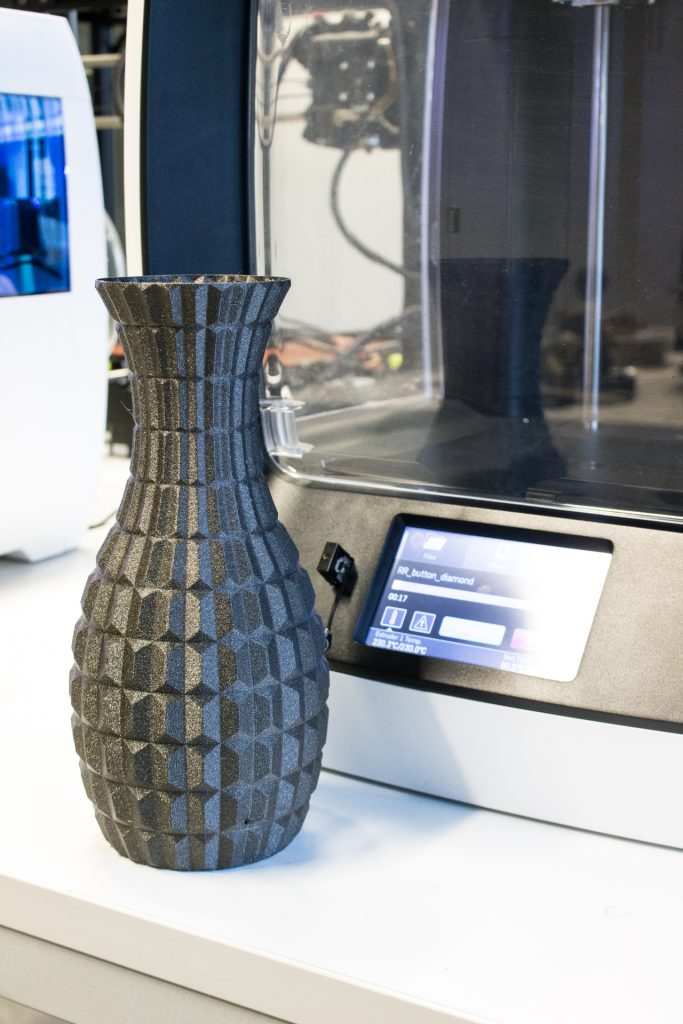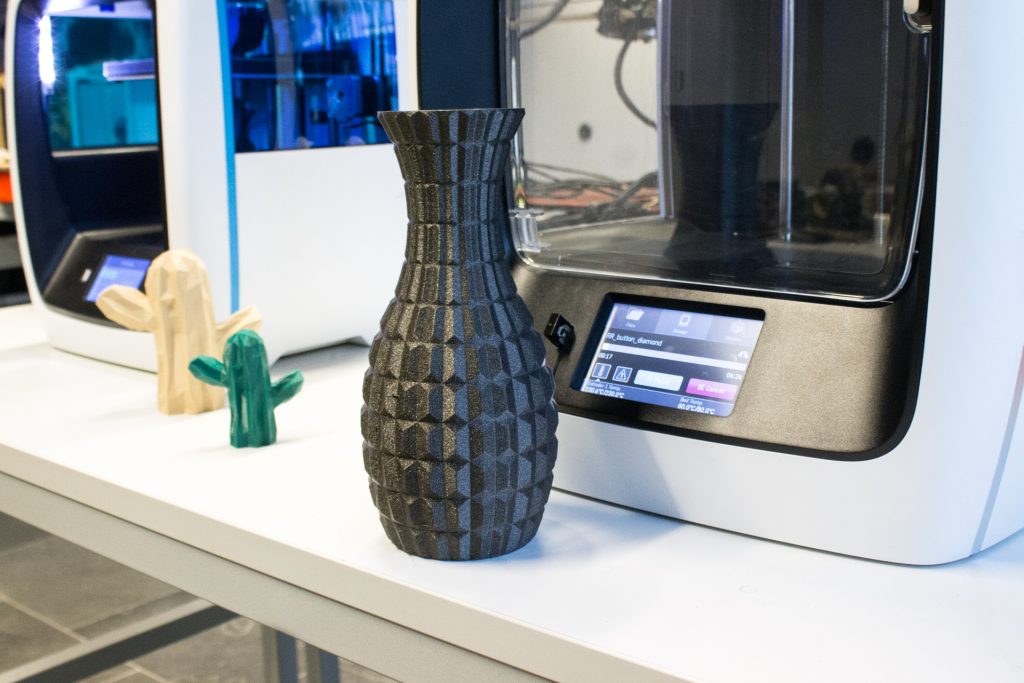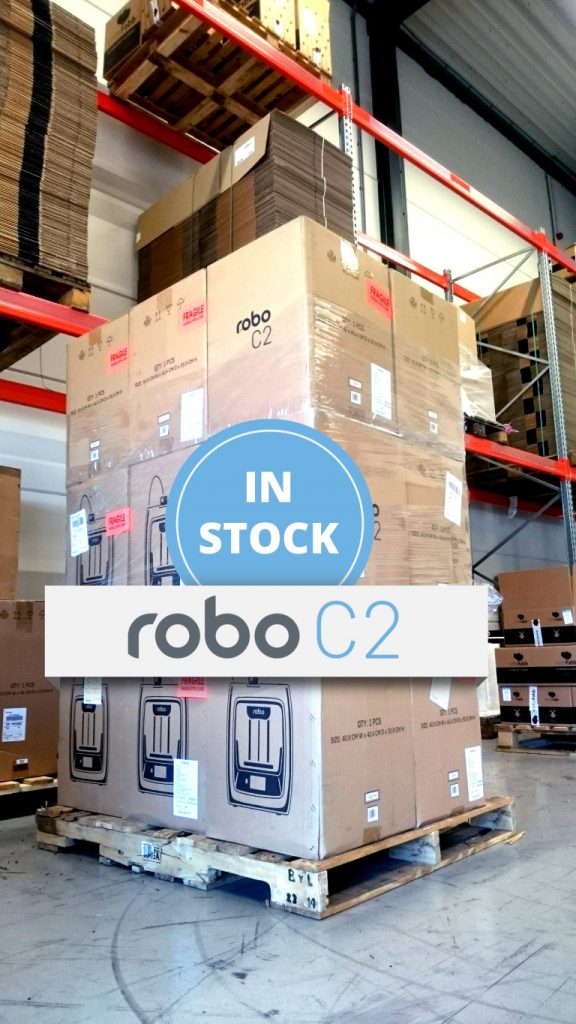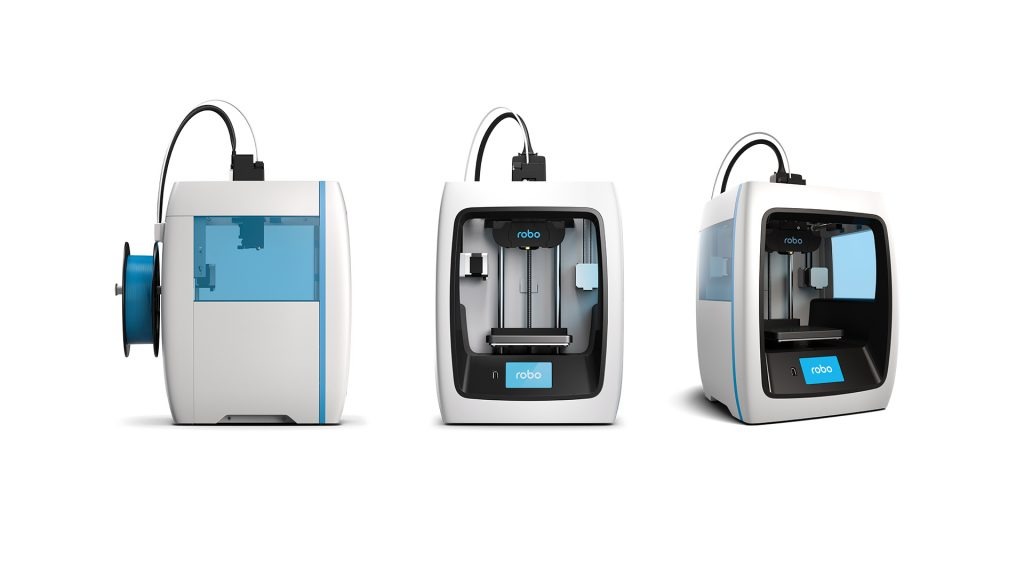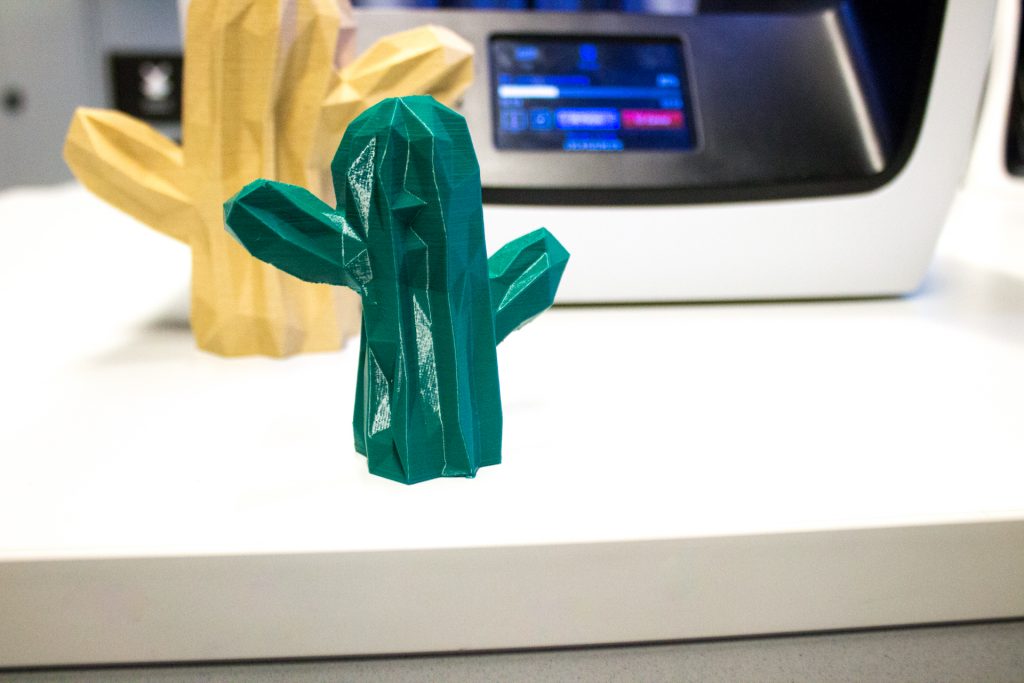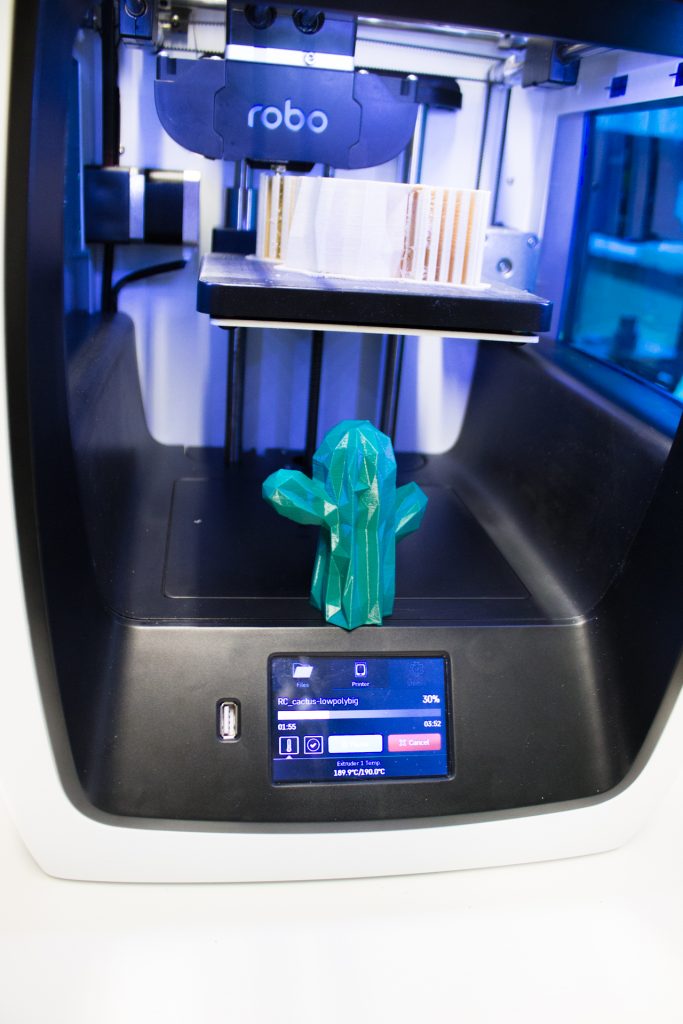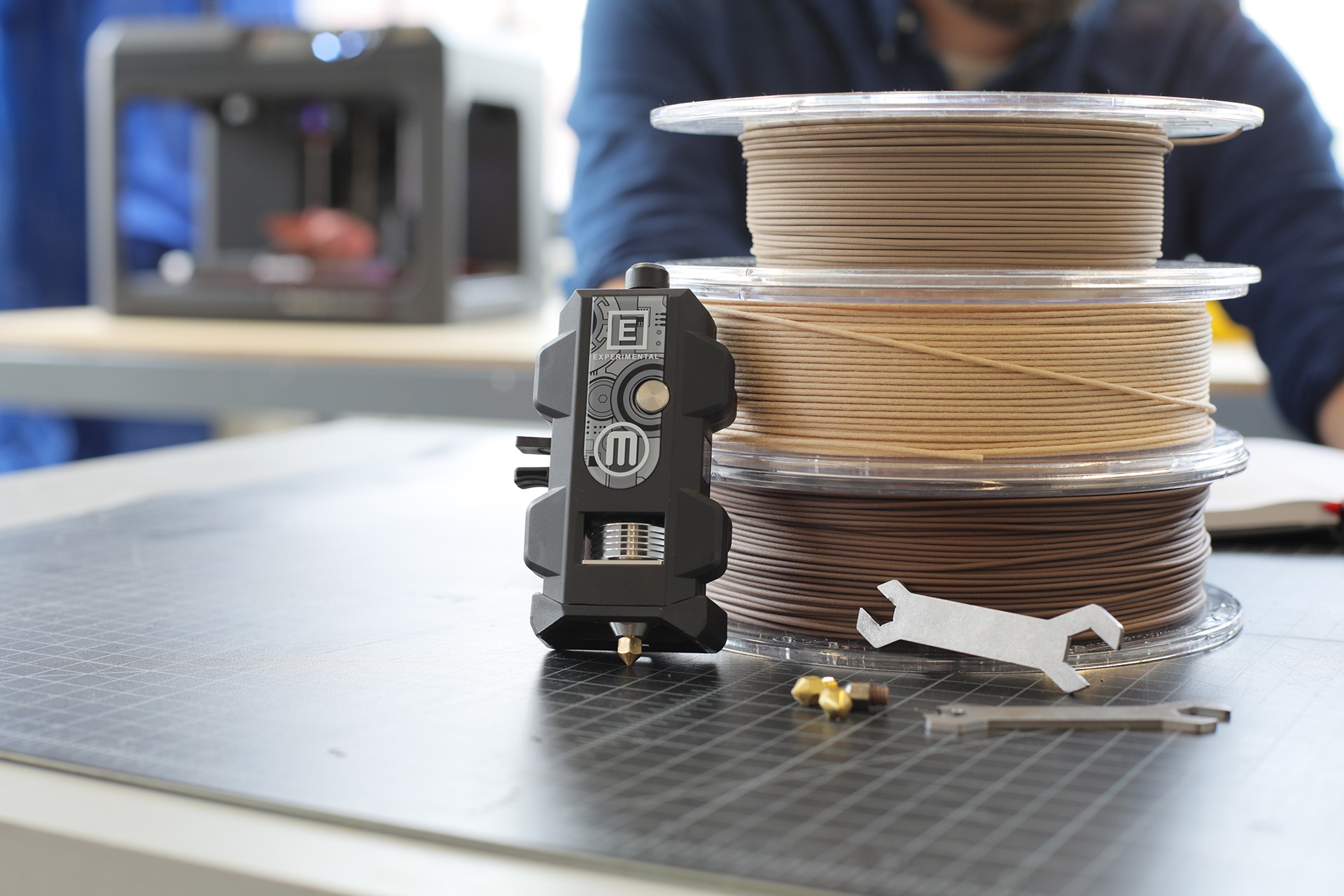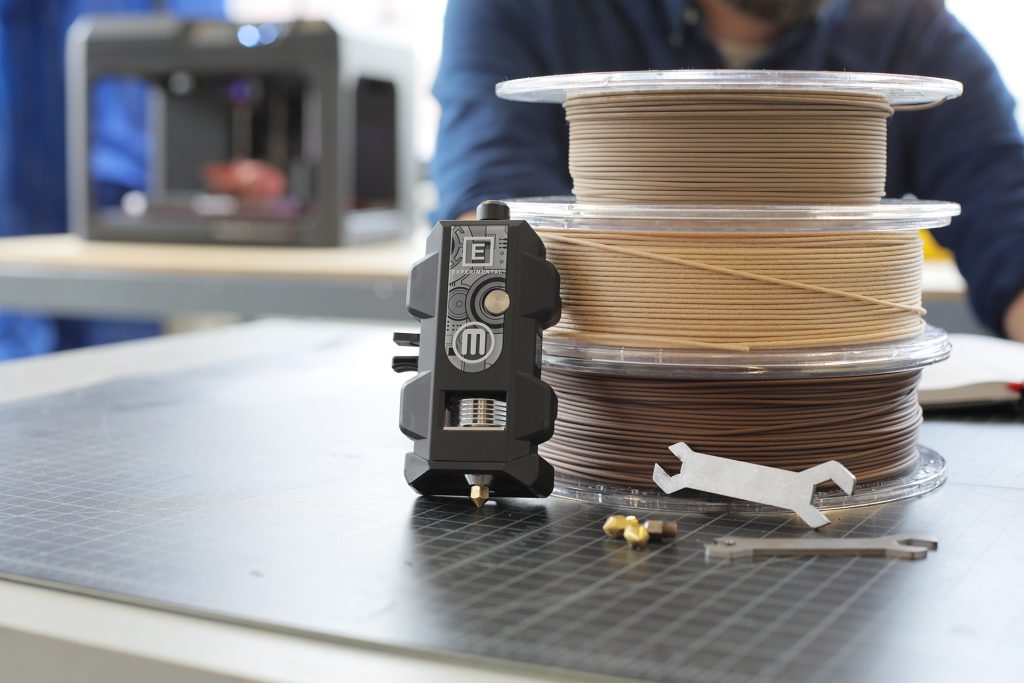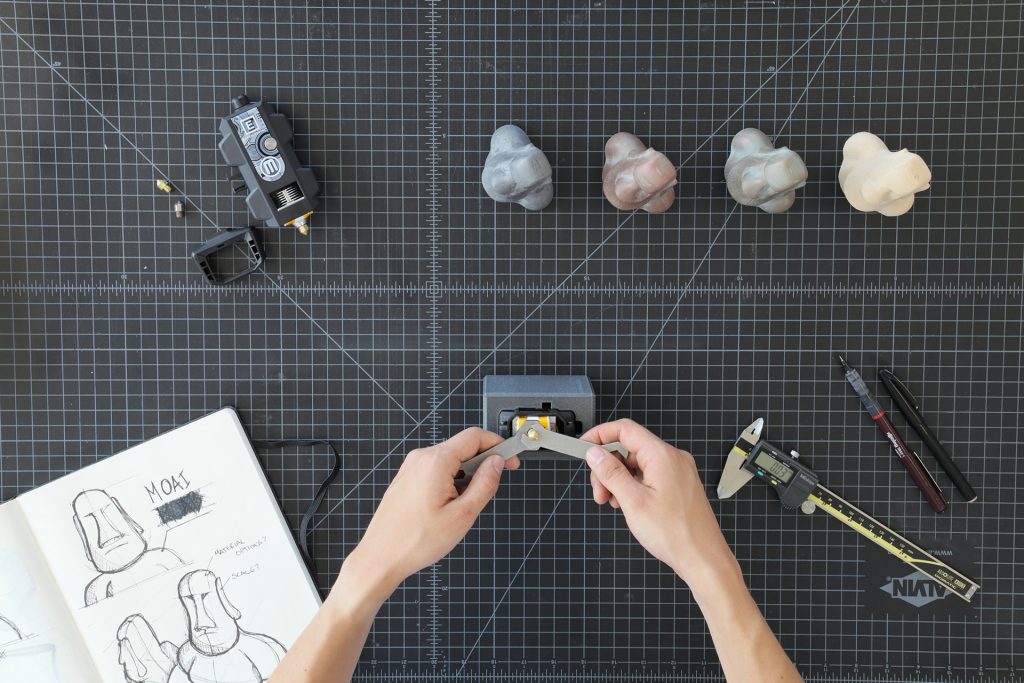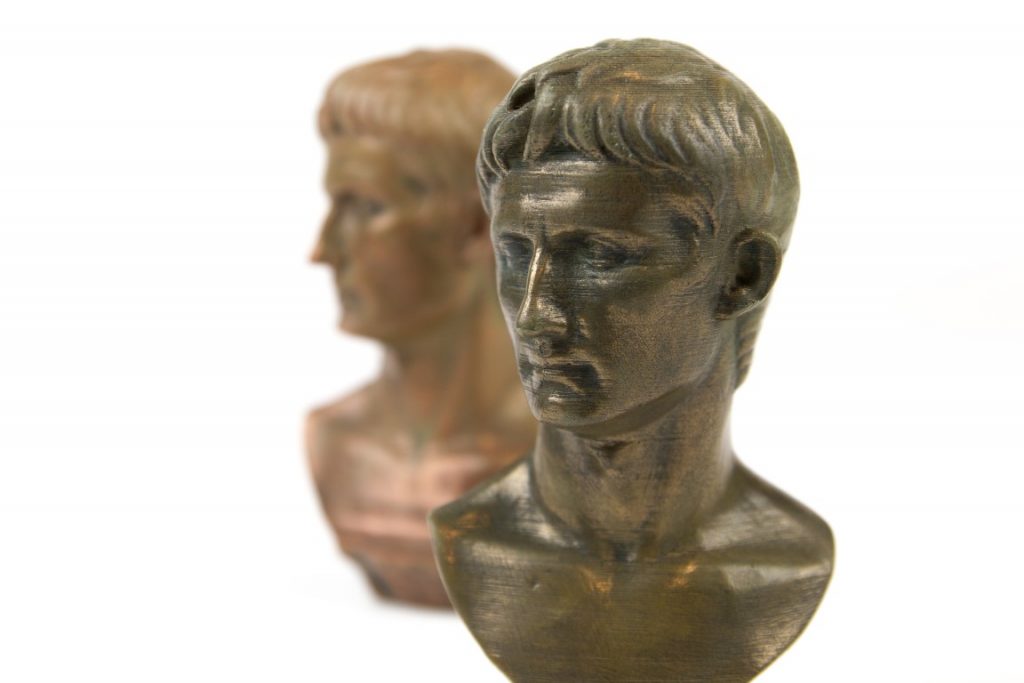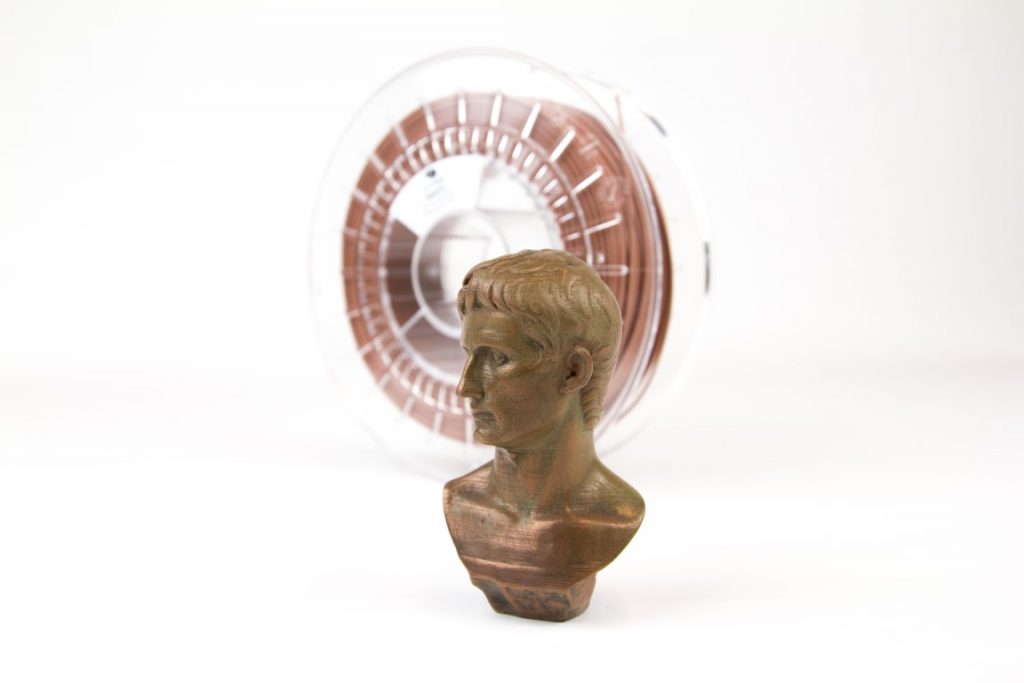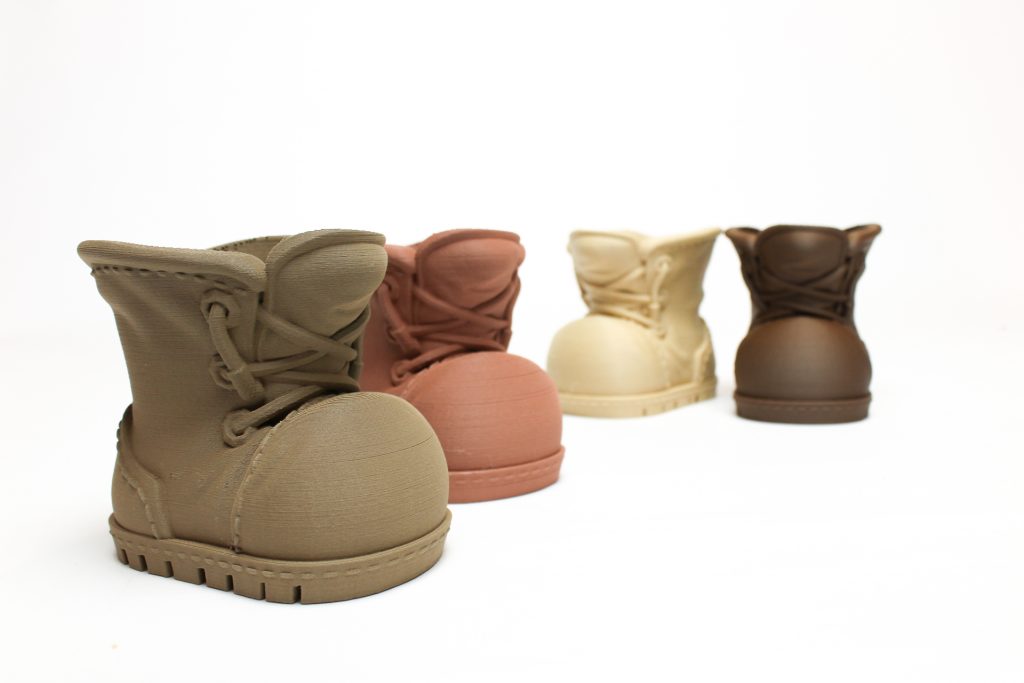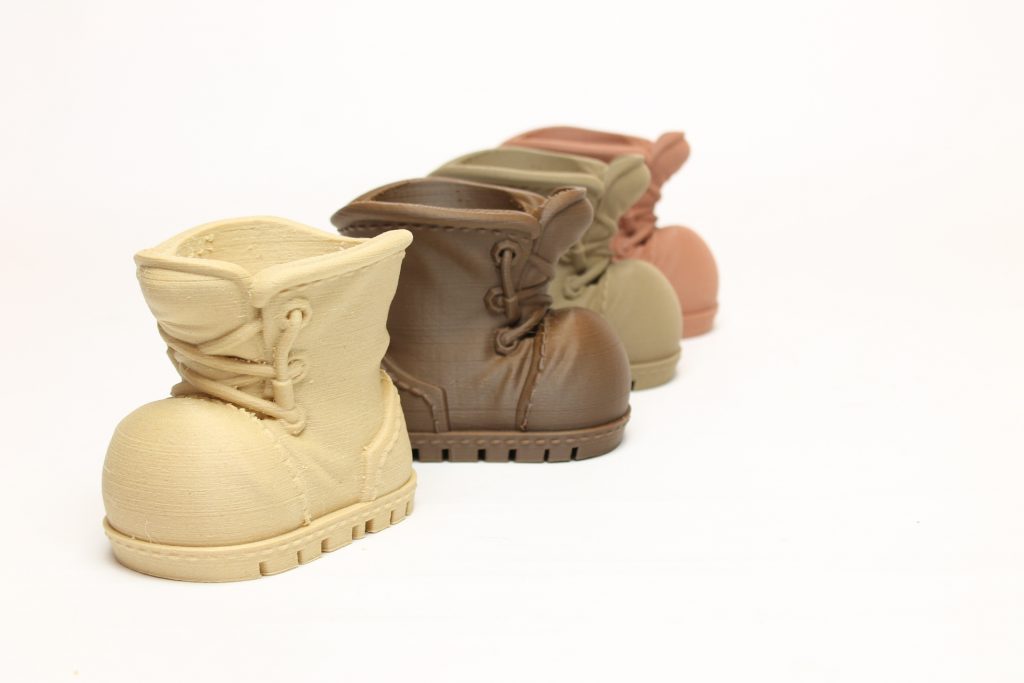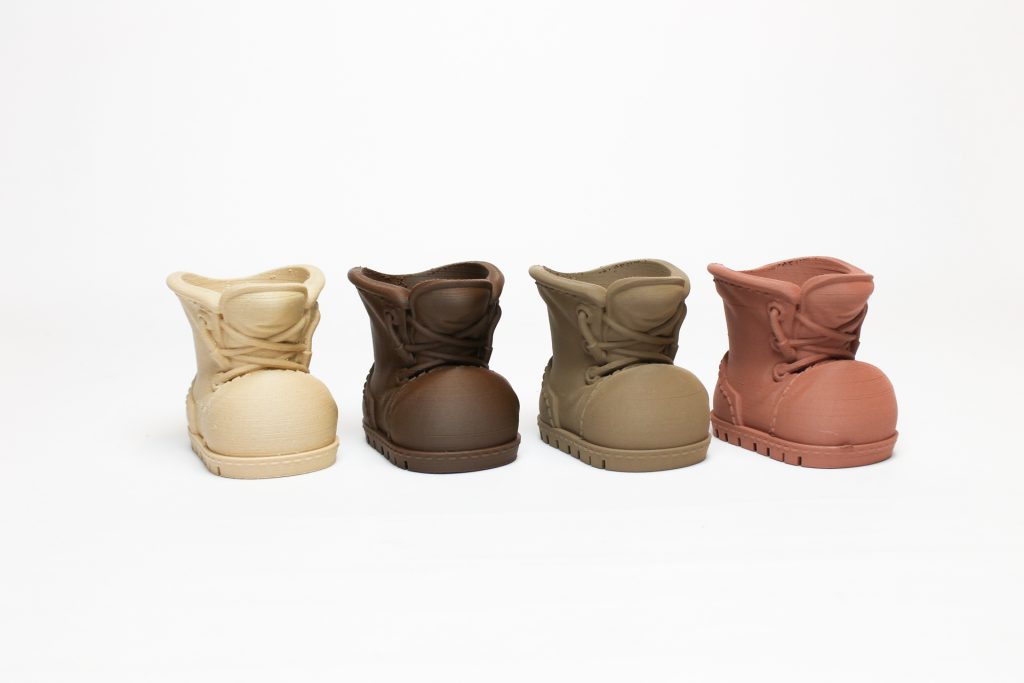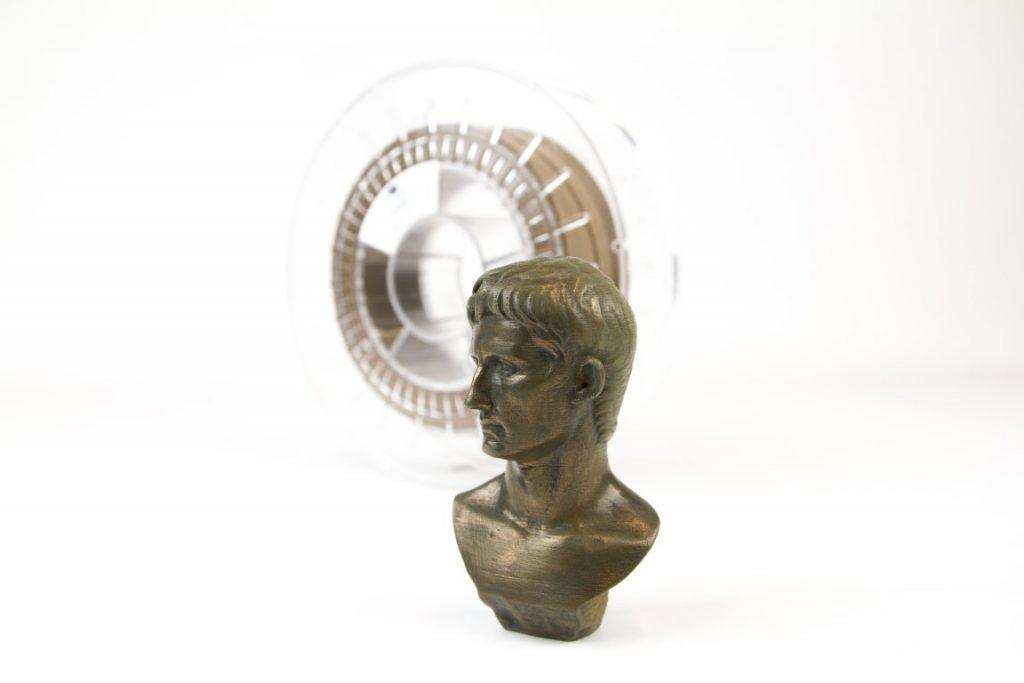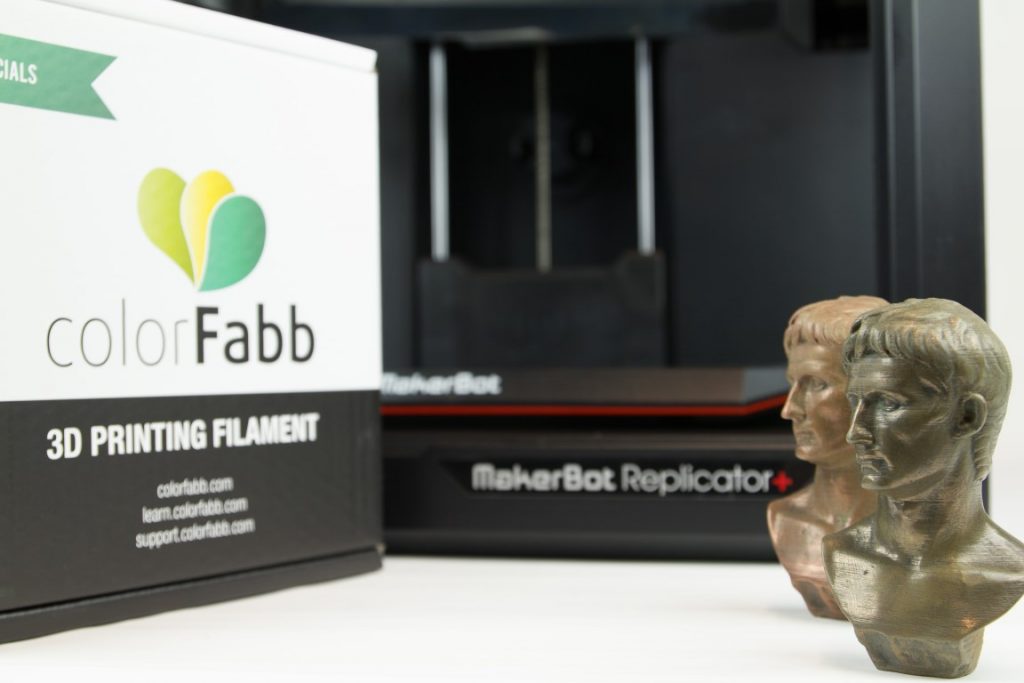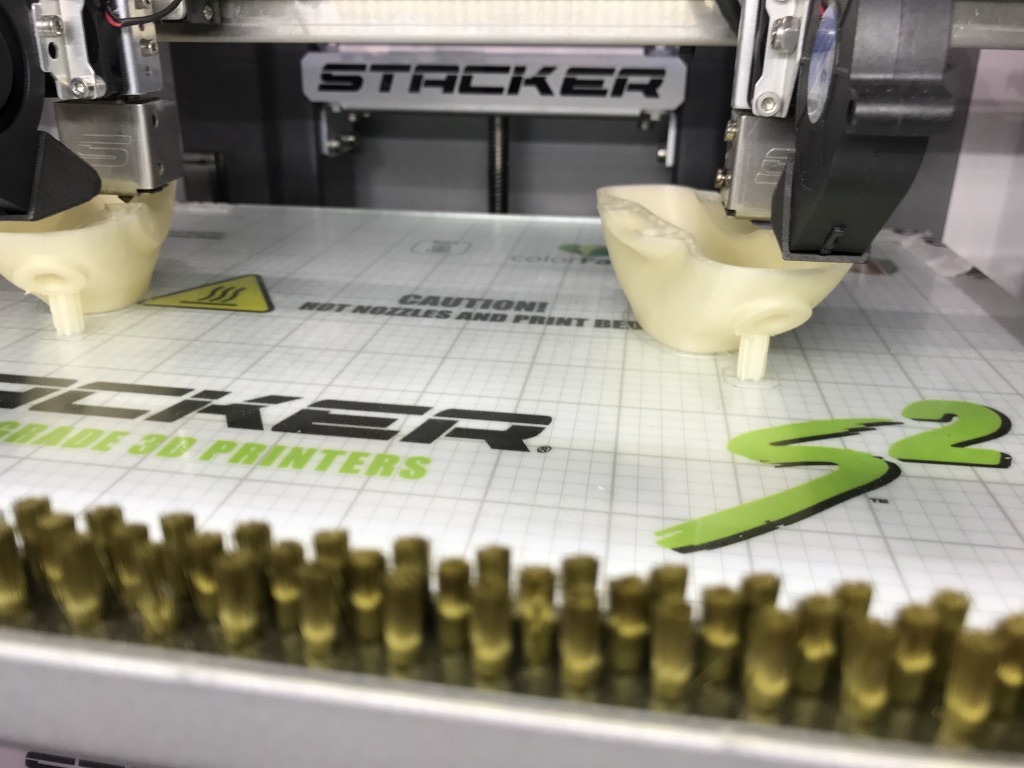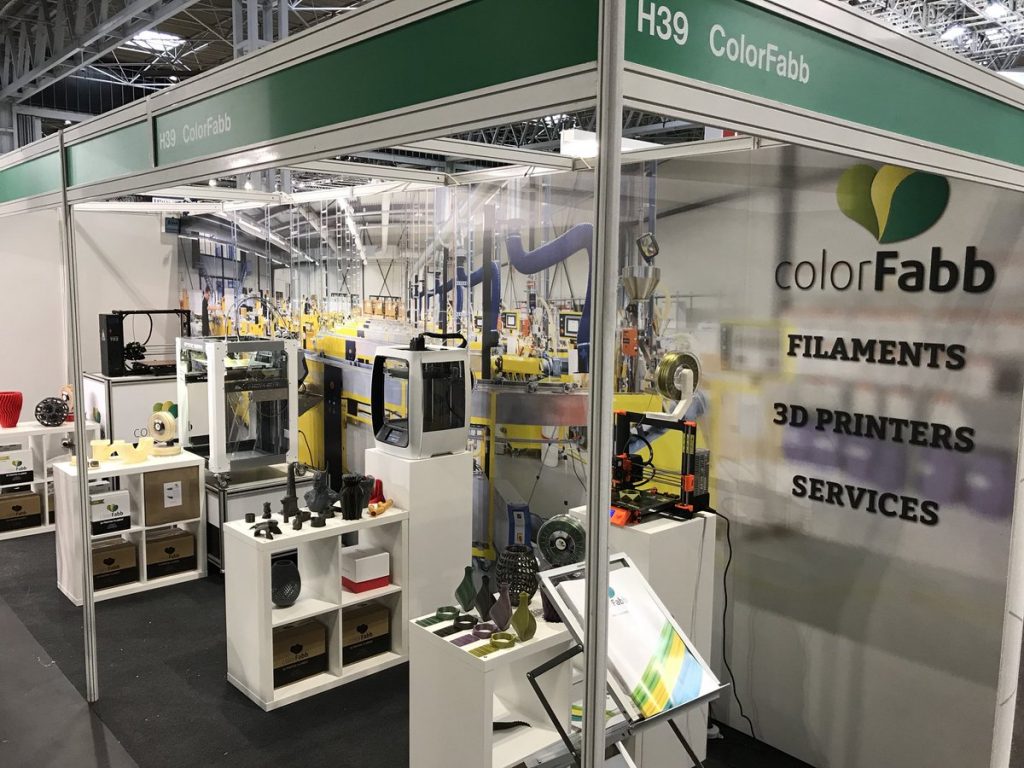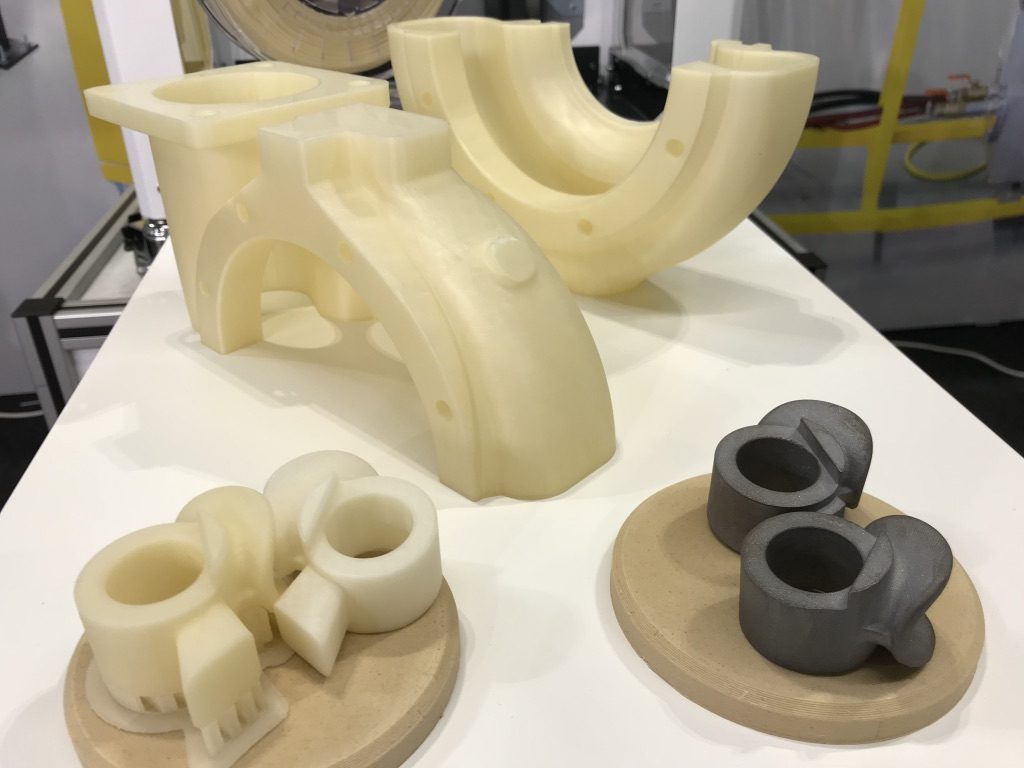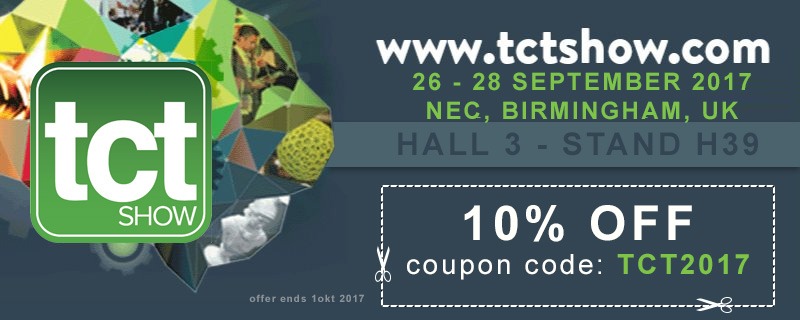3D printing changes lives in many ways. Nowhere as much as in the field of prosthetics where it has a direct impact on people’s daily lives. Prosthetics are nothing new, but 3D printing allows for more customization and faster developments tailored specifically to the person who needs the prosthetic part.
In December 2016 we already wrote a blog about this particular use of 3D printing by Mathis Orthopédie. Below are some more examples of organizations that are using 3D printing.
Médecins Sans Frontiéres
Médecins Sans Frontiéres (MSF, also known as Doctors Without Borders) is an organization that operates worldwide in conflict areas. Doctors and health sector workers work together to provide assistance to populations in distress, to victims of natural or man-made disasters and to victims of armed conflict.
One area is to provide prosthetics for Syrian war victims. You can see the great work MSF is doing in the video (made by The Economist) in Amman, Jordan:
https://www.youtube.com/watch?v=_W1veGQxMe4
Video by The Economist
LifEnabled: Enable. Train. Serve.
The genesis of LifEnabled was in a Guatamalan clinic in 2006 when Brent Wright, Certified Prosthetist and Board Certified Orthotist, was invited by Tim and Doris Spurrier, founders of Hospital Shalom in San Benito, Guatemala, to launch the hospital’s prosthetic program.It took several years and a lot of help & input from friends and family to grow the program to a level where LifEnabled became an official non profit organization.
You can read the full story here (and it is a good story!).
Brent is increasingly looking at 3D printing to test and produce prosthetics. In the past few years, 3D printing has made leaps in terms of printers and materials. Quality is of course always the main priority. While traditional prosthetic sockets will still have a place in certain situations, the opportunity to move forward with 3D printing paves the way for helping more patients with less material and time costs. 3D printing also allows the potential for more access to prosthetic care for patients in impoverished parts of the world.
We have been in touch with Brent recently and sent him our new PA-CF Low Warp to test with. The results are very good, as you can see in the video below:
LifEnabled video and images by Brent Wright
He printed a transtibial Prosthetic socket, weighing 208 grams for and with 2.5 mm wall thickness. In his words: “This material is amazing.” It took 3.5 hours to print.
But 3D printing is not the only “new” technology used by LifEnabled. They also use a dedicated app. Brent says: “I have been working on a simple way to create an .stl or .obj file that can be scaled and then sent directly into your fabrication work flow. DigiScan 3D uses the structure.io scanner and an iPad. Some clinicians have found that they use an outside shape manipulation software, others have found ways to scale their model and go straight to test socket fabrication, while others just want a file they can keep in their electronic medical records. I wanted a simple way to capture a shape and not push people to buy a specific shape modification software.”
You can get the app here.
Make sure you check out the videos they have posted online with their awesome work:
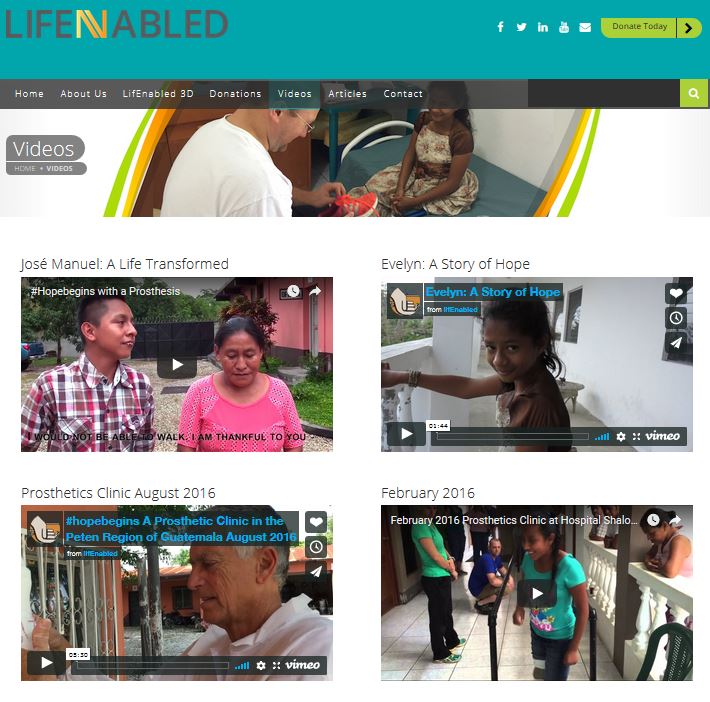 Stay up to date with LifEnabled’s work:
Stay up to date with LifEnabled’s work:
Born Just Right
Born Just Right’s mission is to build creative solutions that help kids with differences live a more enjoyable life. It all started with Jordan Reeves, who was born just right. She is the lead innovator and official ambassador of BJR. Through her activities and opportunities to speak and mentor other kids with limb differences, Jordan is helping change attitudes around physical differences. Check out the TedX Youth talk she held:
Now, as it happens Jordan has an super hero alter ego: Girl Blaster. And the most obvious thing Girl Blaster needs is, of course, a 3D printed prosthetic that shoots sparkles! To make it even more awesome, they called it Project Unicorn.
Born Just Right was founded by Jen Lee Reeves, Jordan’s mother. She believes giving kids design knowledge empowers them to create their own solutions. The focus of Born Just Right is on 3 outcomes:
- Raise awareness about the power of design.
- Identify and support inclusive designers & brands.
- Support and grow a design community for kids and parents to help foster learning.
Jen works closely with Sam Hobish, designer and 3D printing wizard who made Project Unicorn a reality. The part was printed with our very own PLA/PHA Lila.
Jordan, Project Unicorn and Born Just Right have recently been featured in some worldwide publications:
colorFabb is proud partner of BJR! Make sure you follow the work of Born Just Right on social media:
And if you really want to stand out from the crowd, check out their shop.
From the Middle East, via Guatamala, to Missouri and all over the world, 3D printing prosthetics is changing lives. The world can be a harsh place some times, but it becomes great again when people – with the help of 3D printing, a lot of good will, an upbeat spirit and a healthy dose of creativity – start these organizations and make a change for the better. It is important and necessary work.
At colorFabb we aim to develop and produce the best possible materials for this application, be it semi-flexible nGen_FLEX, a high strength PA-CF Low Warp or a wide range of colors in our PLA/PHA and nGen range.
